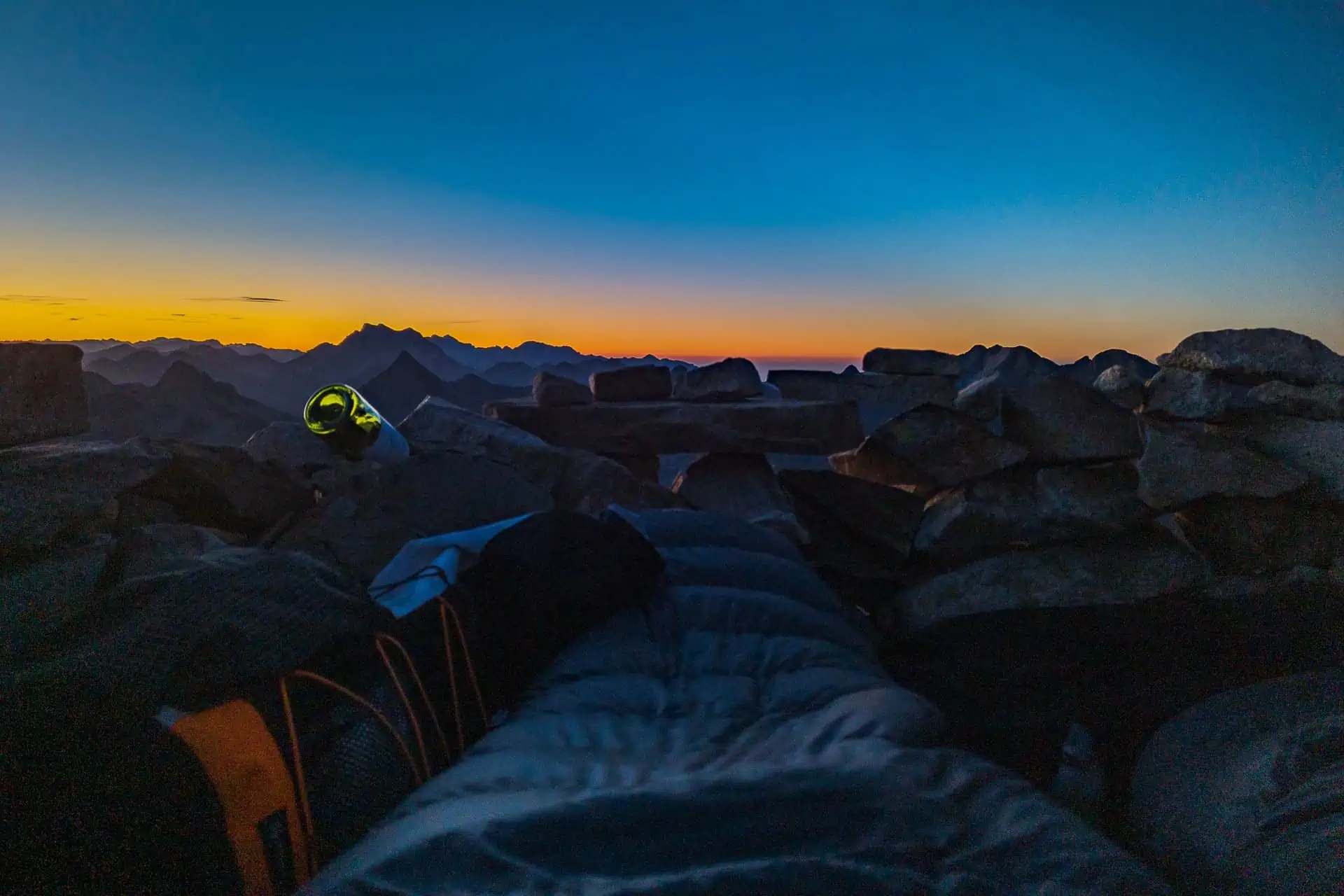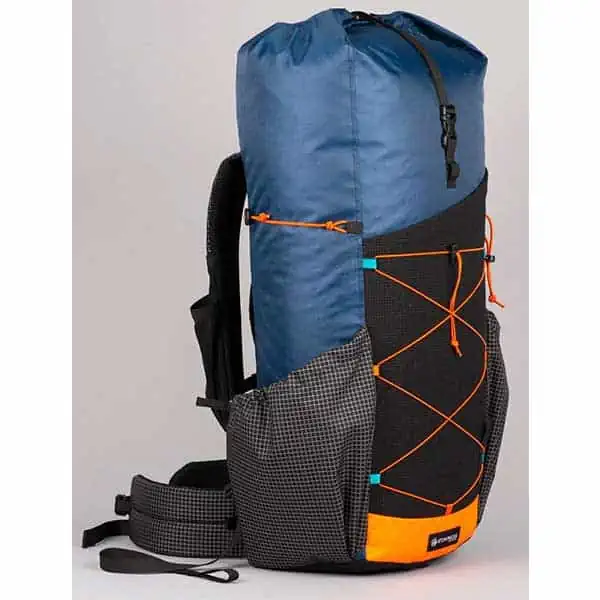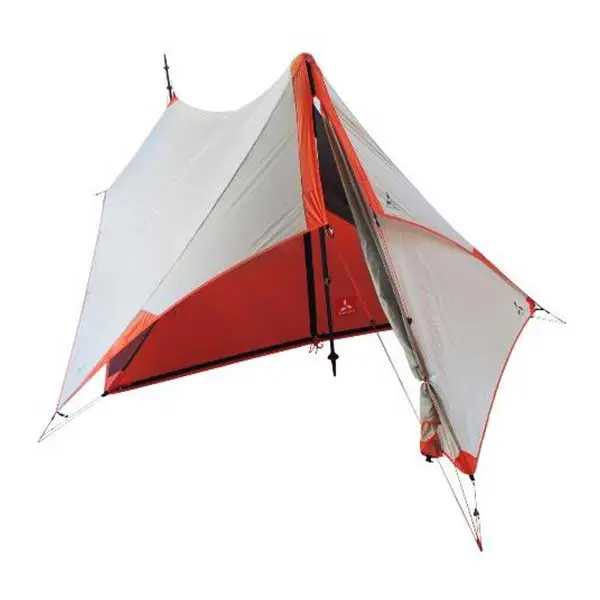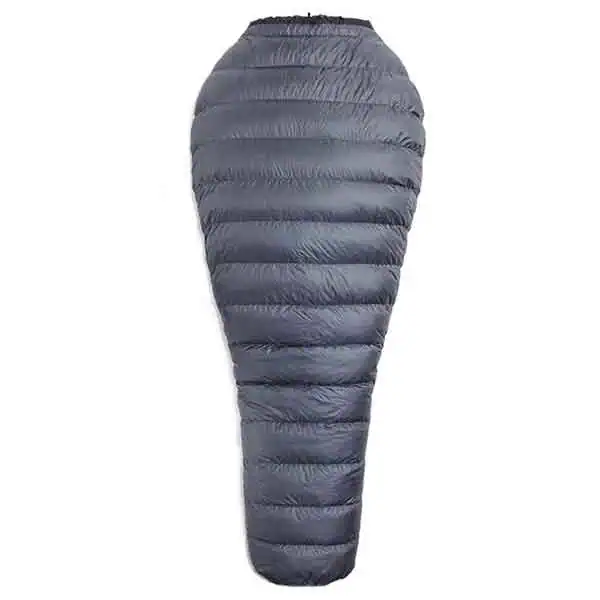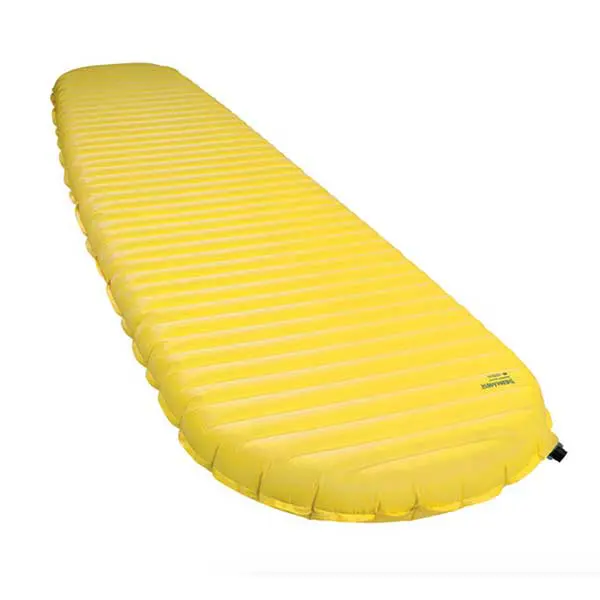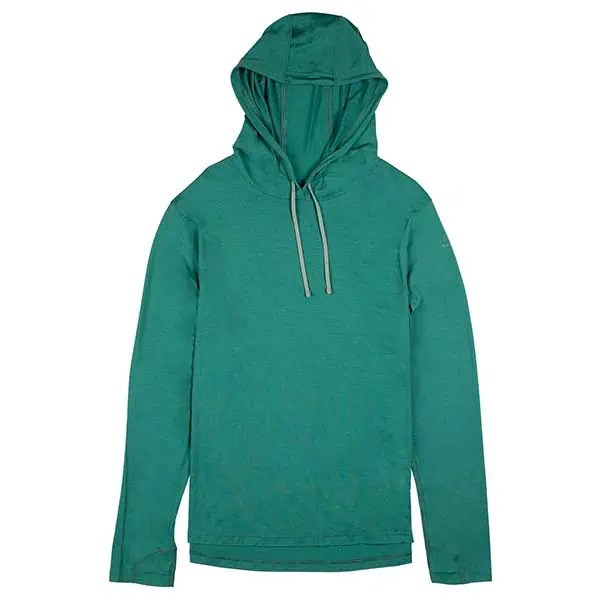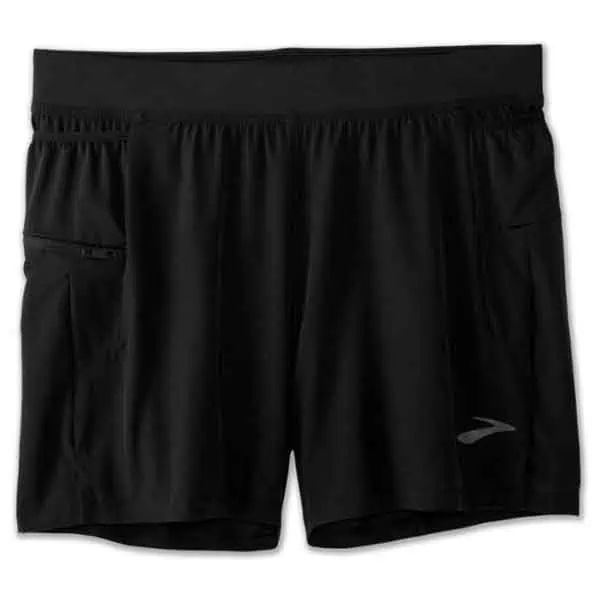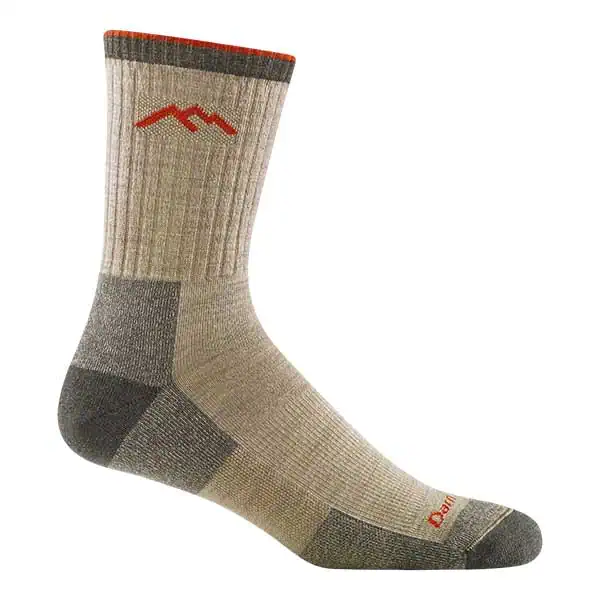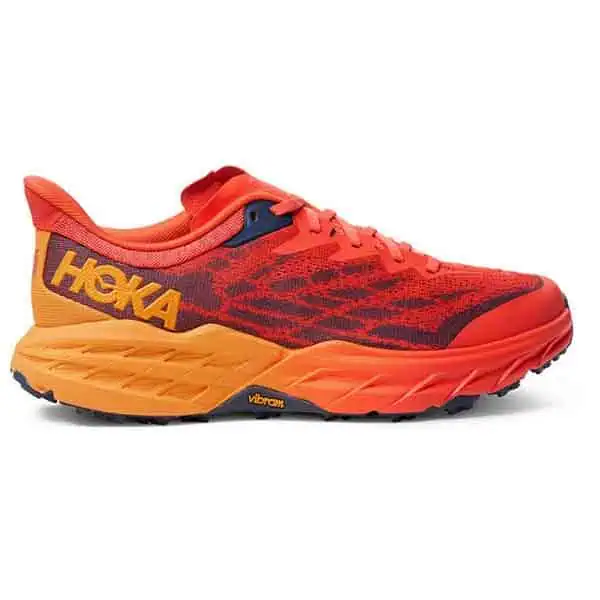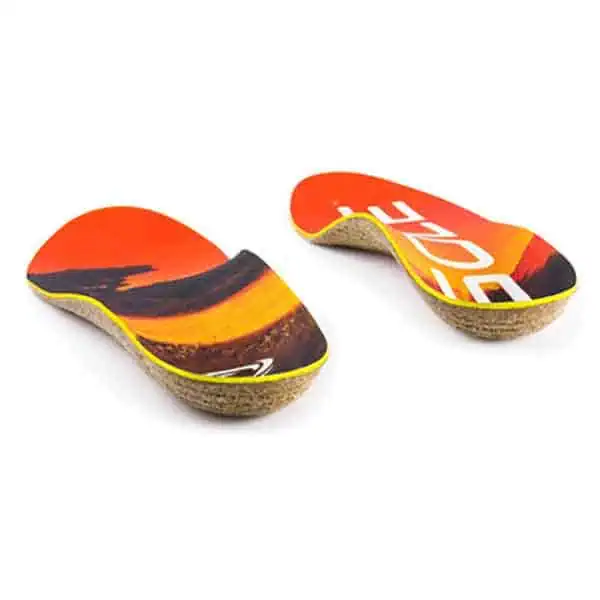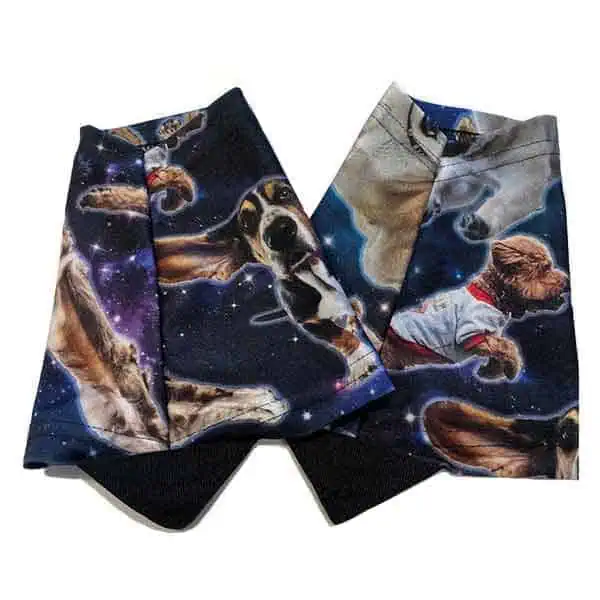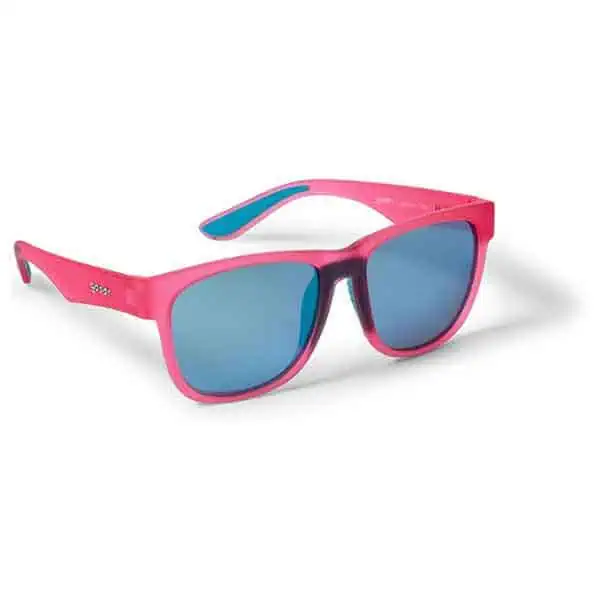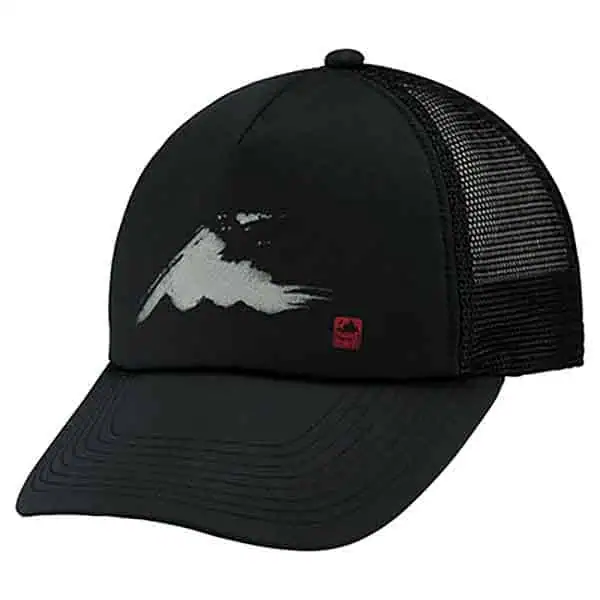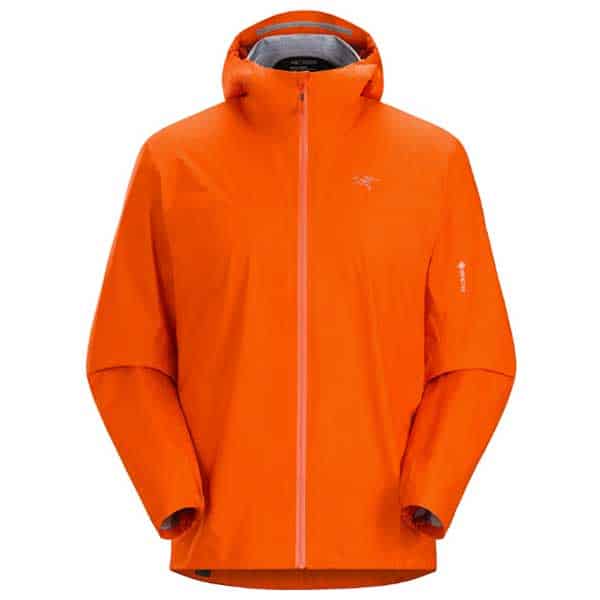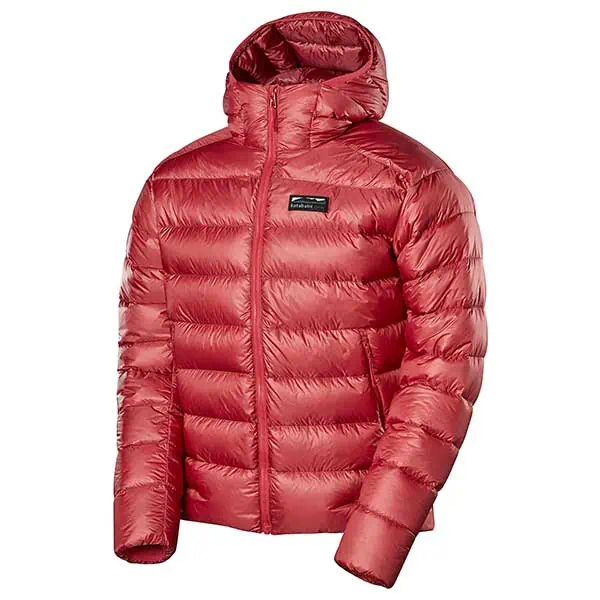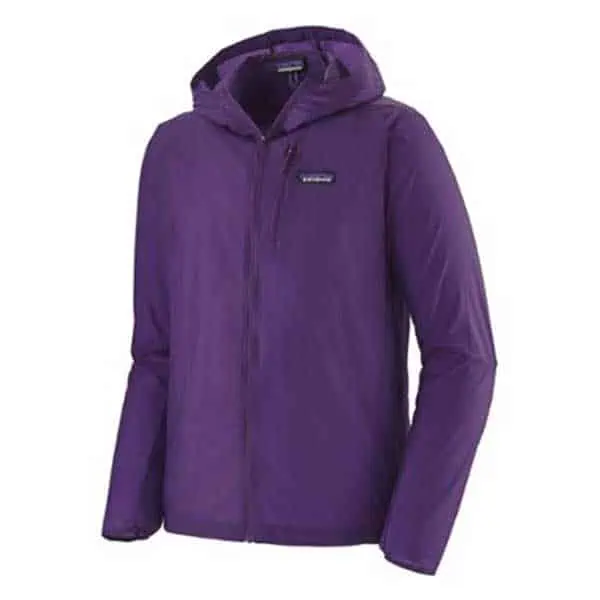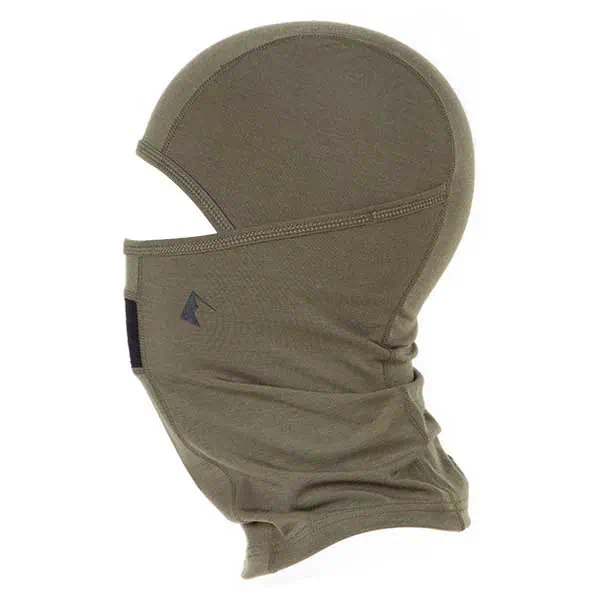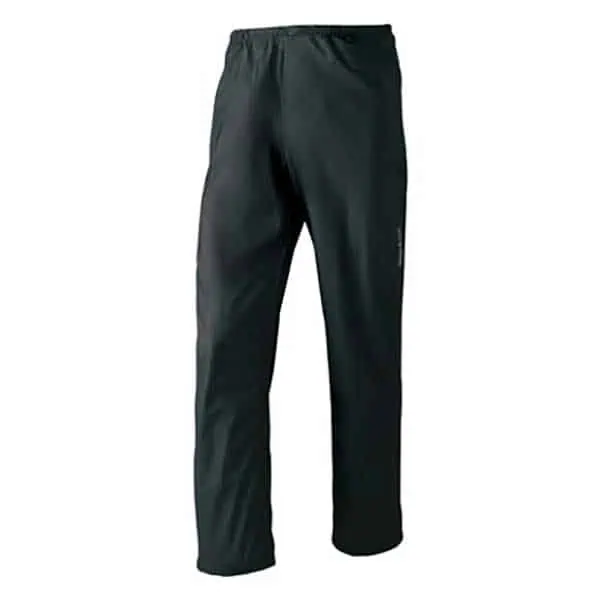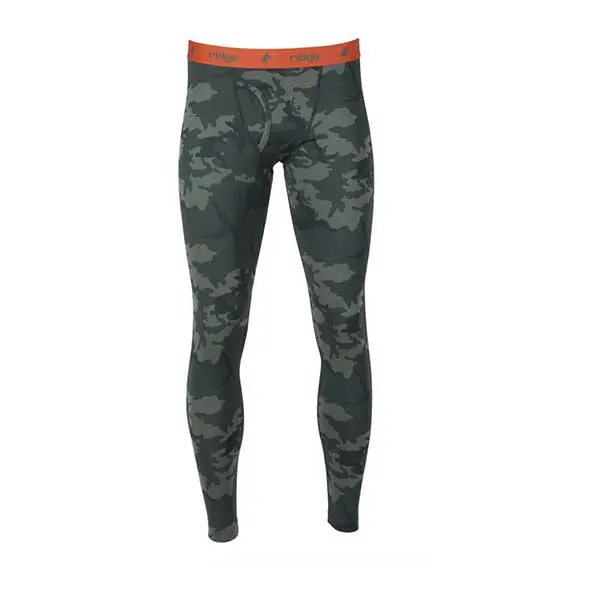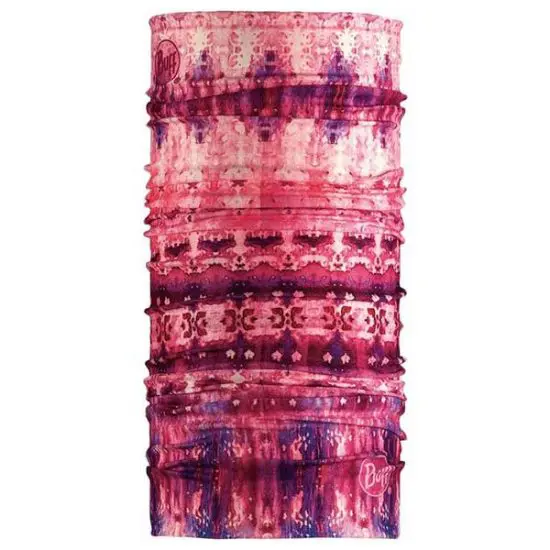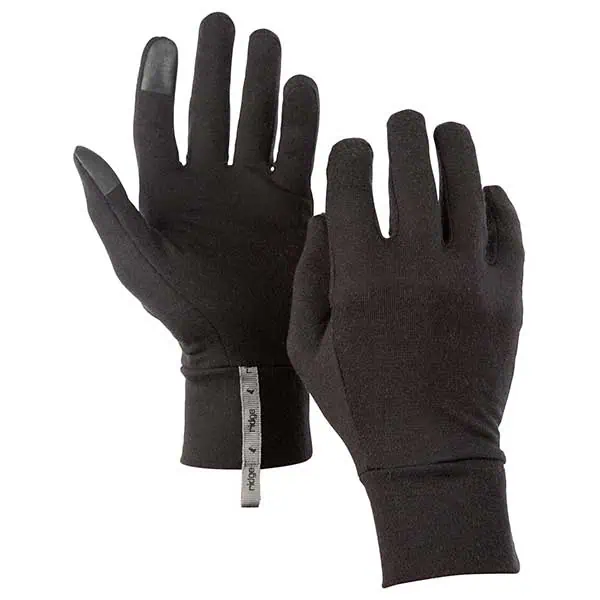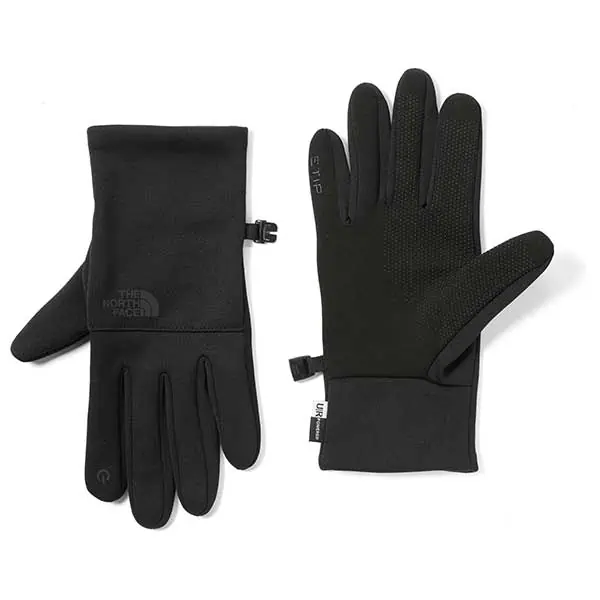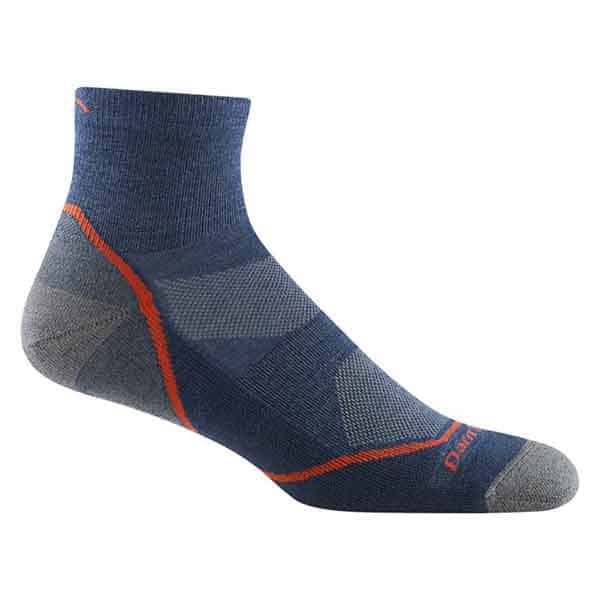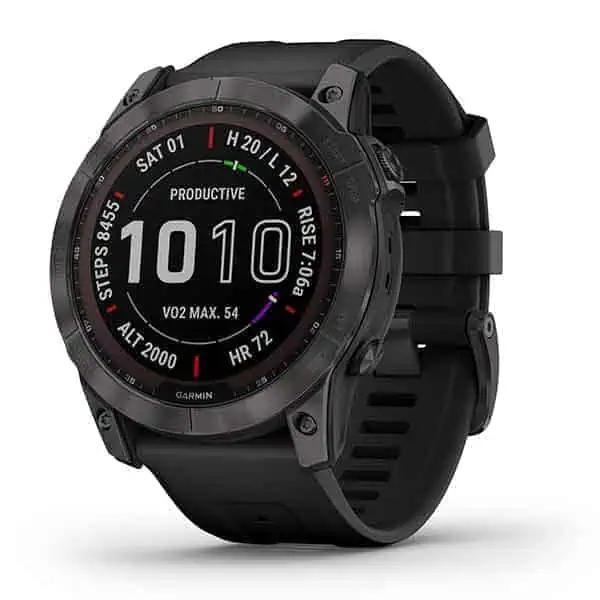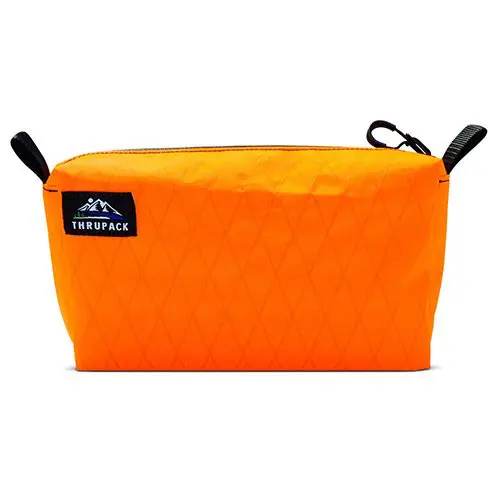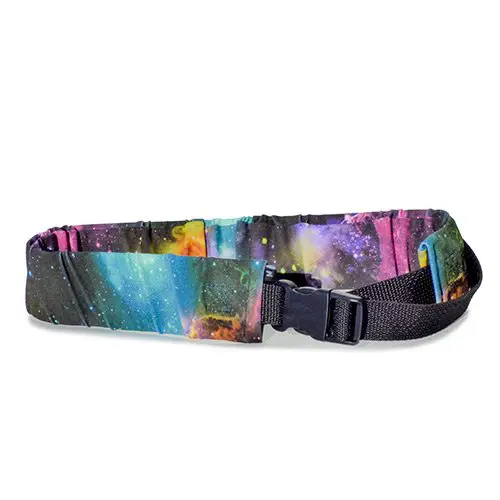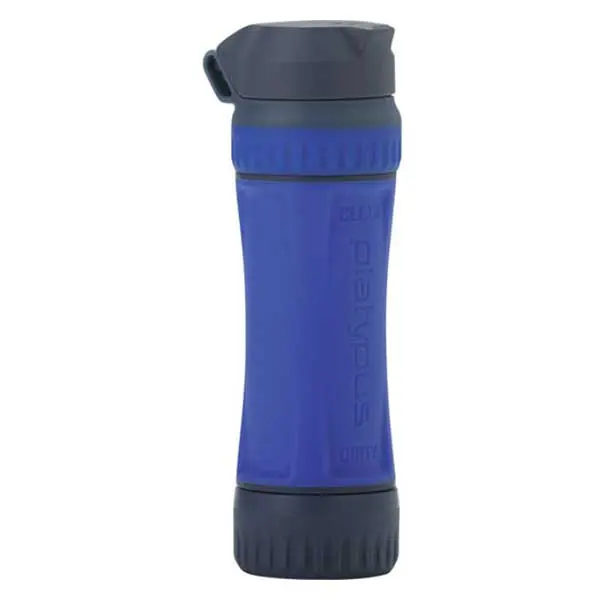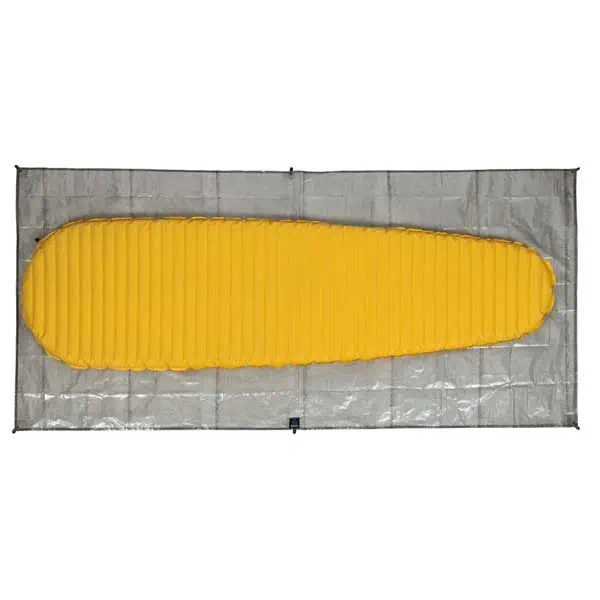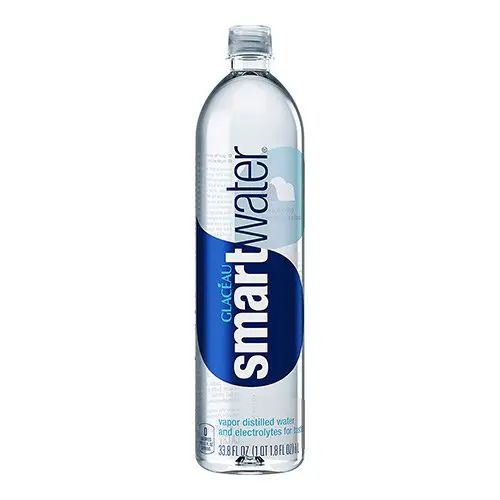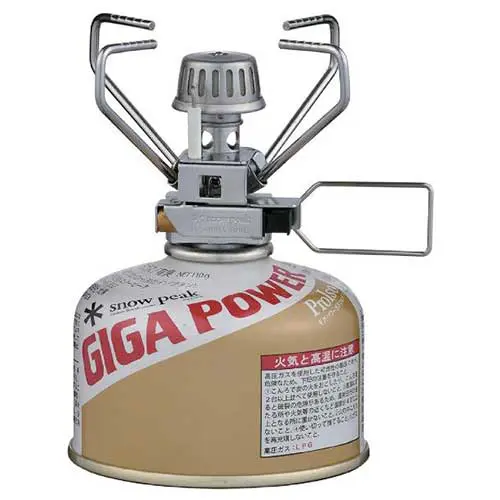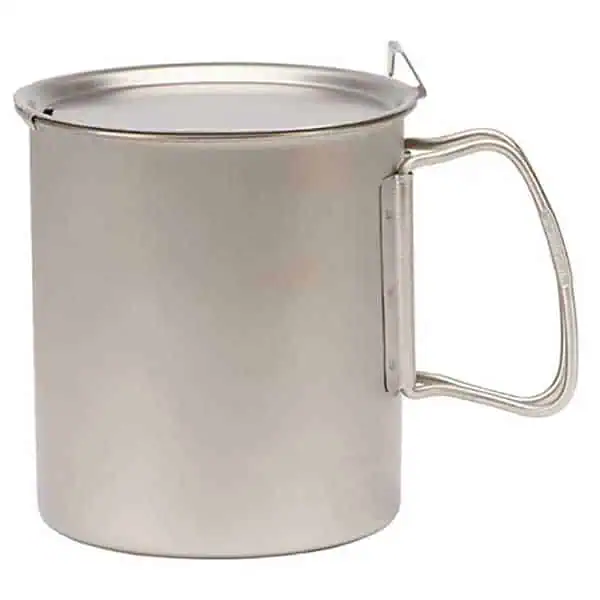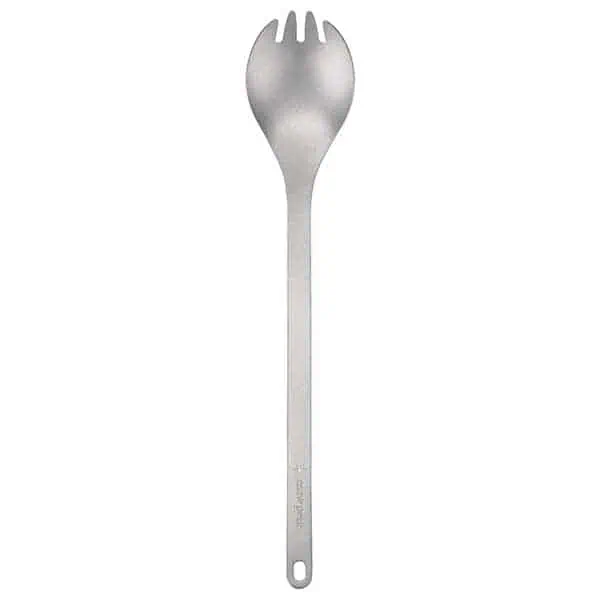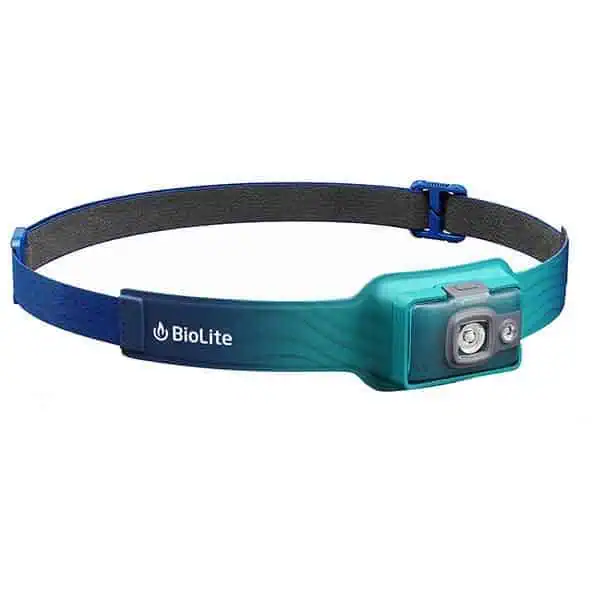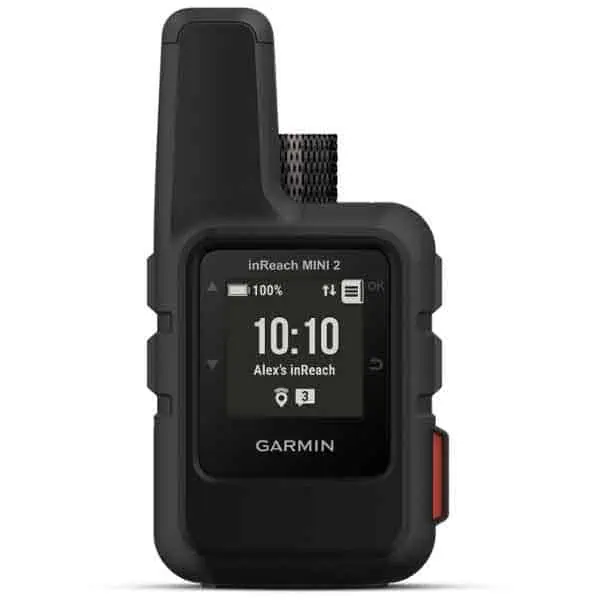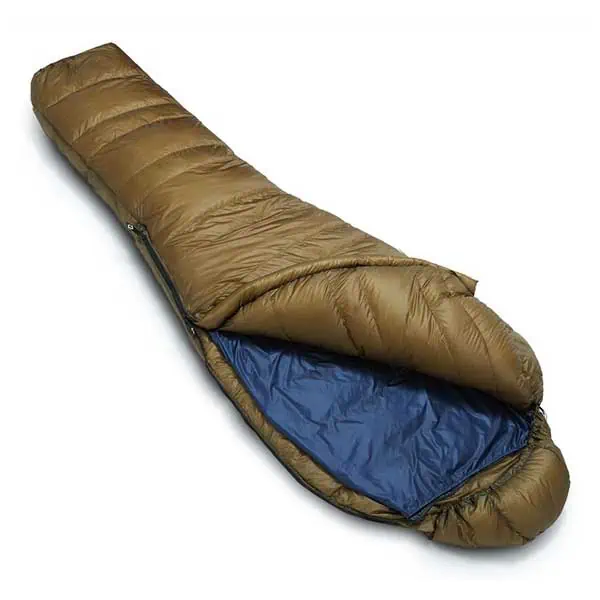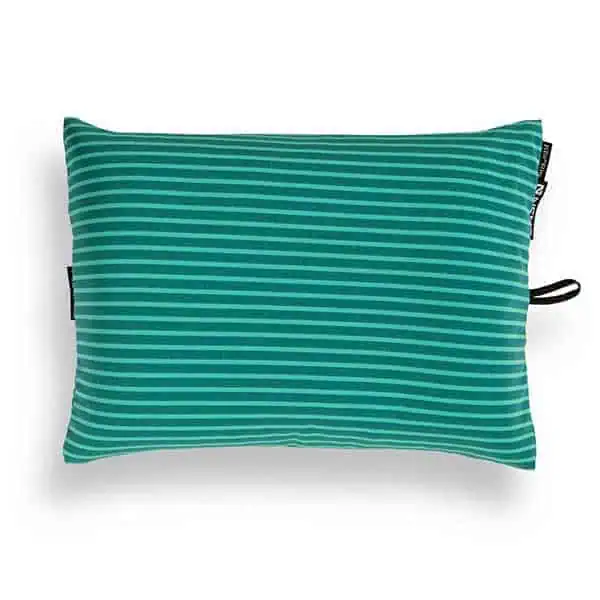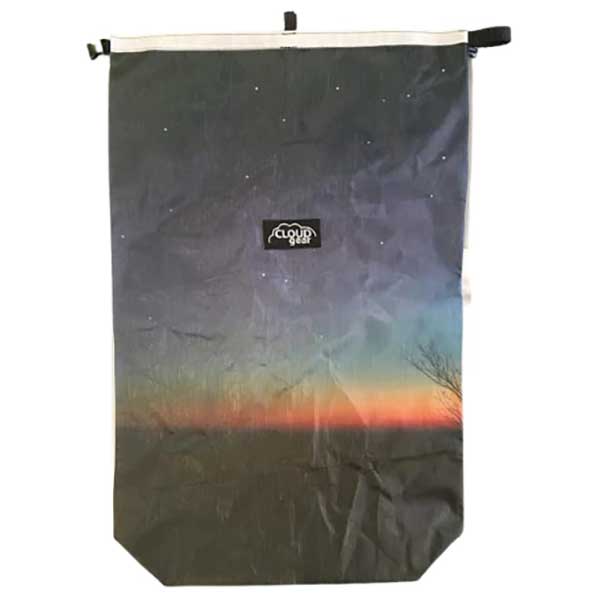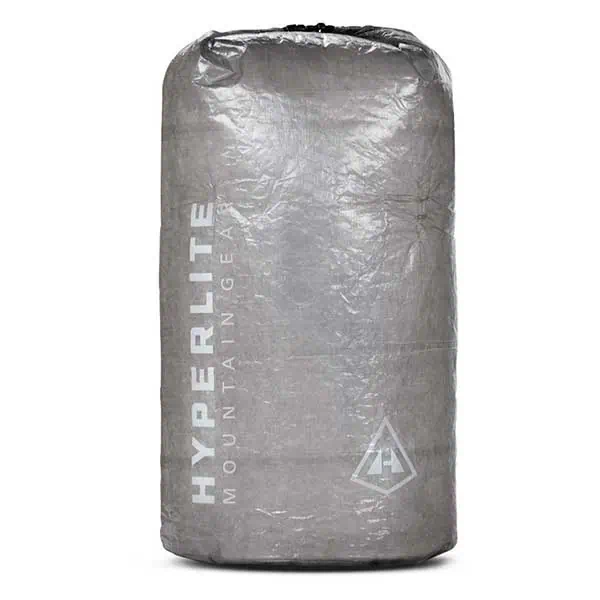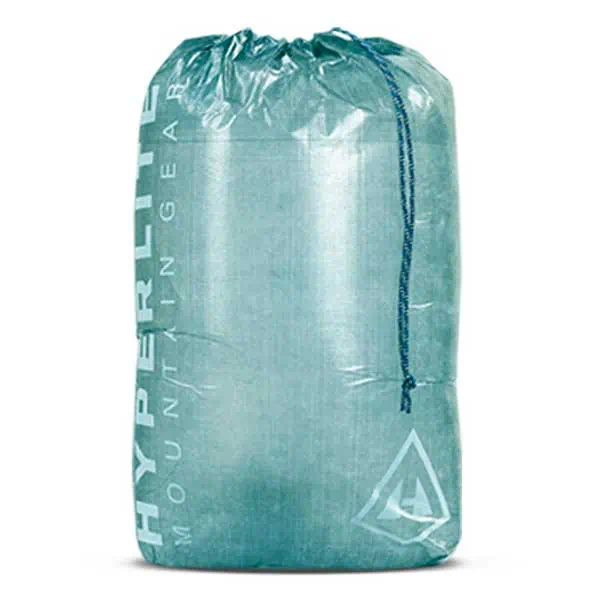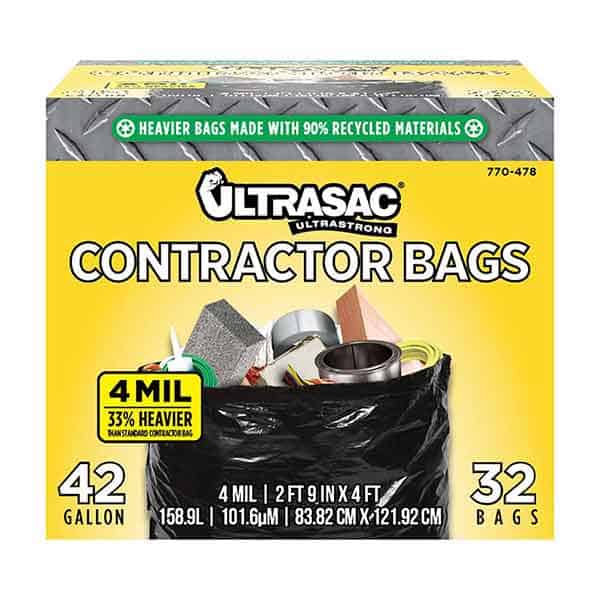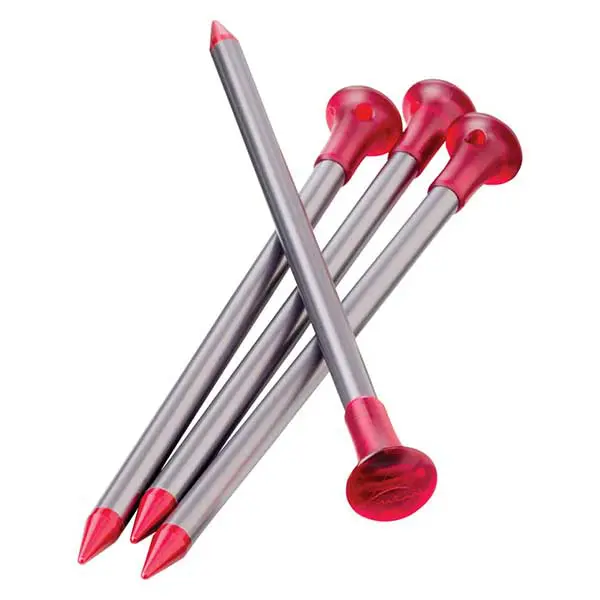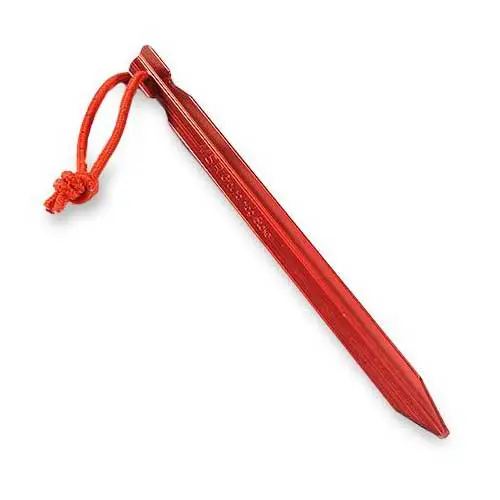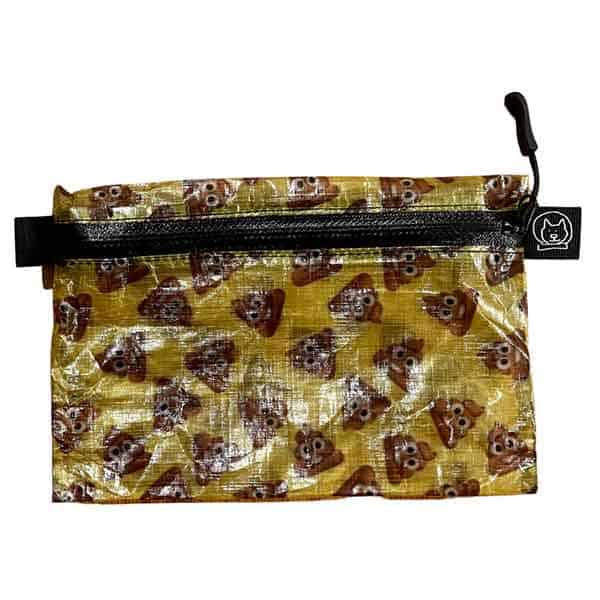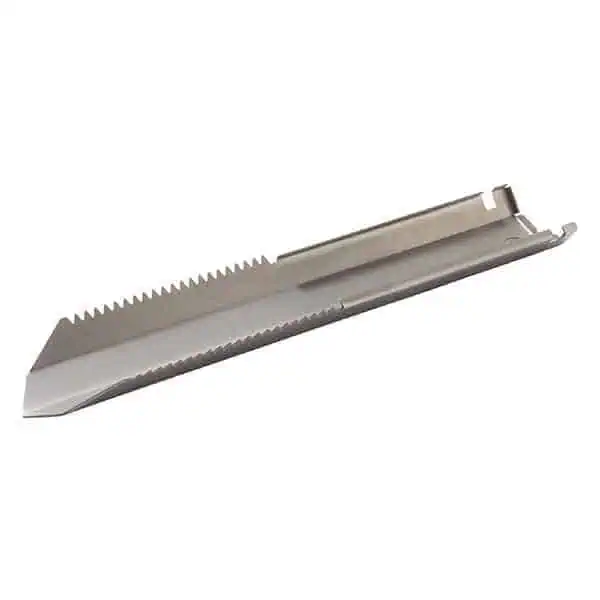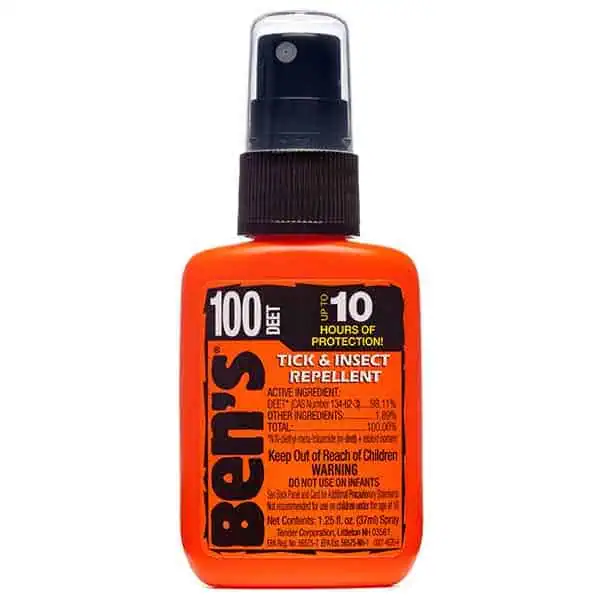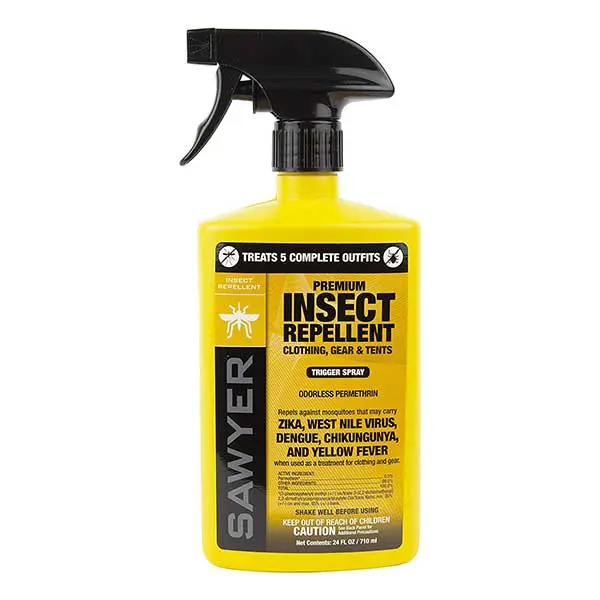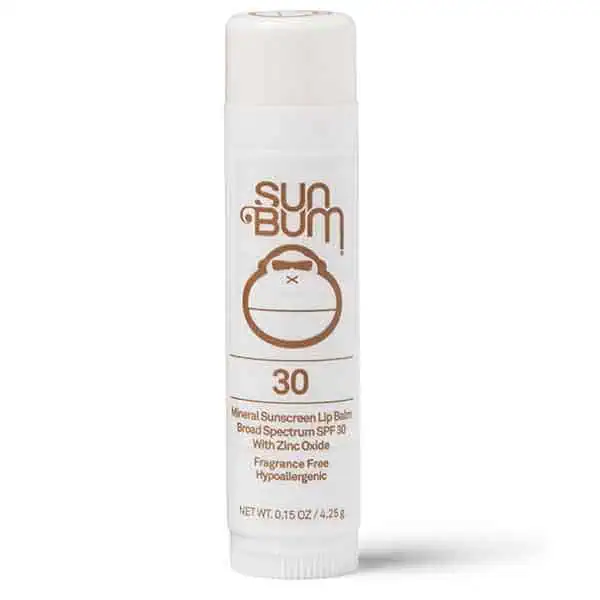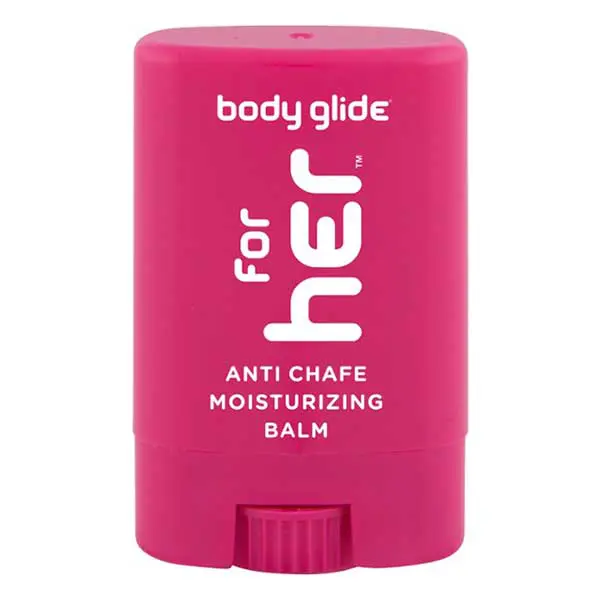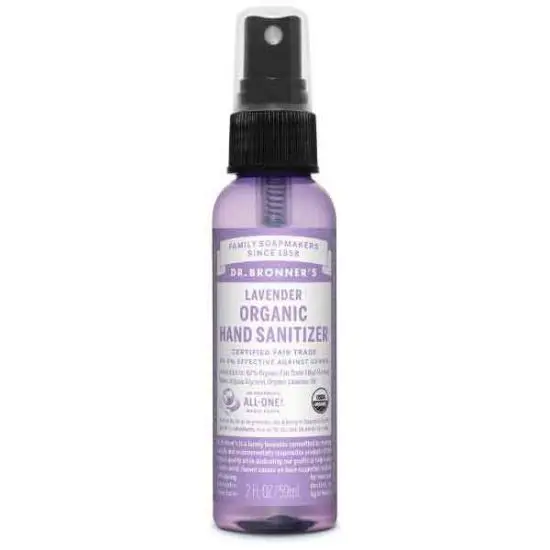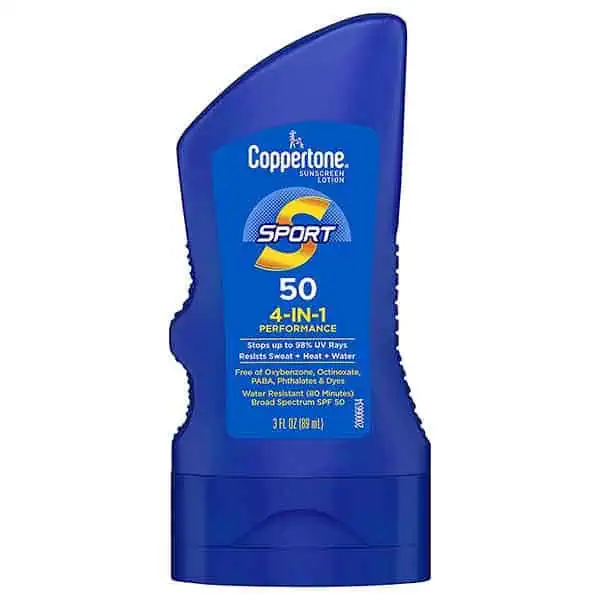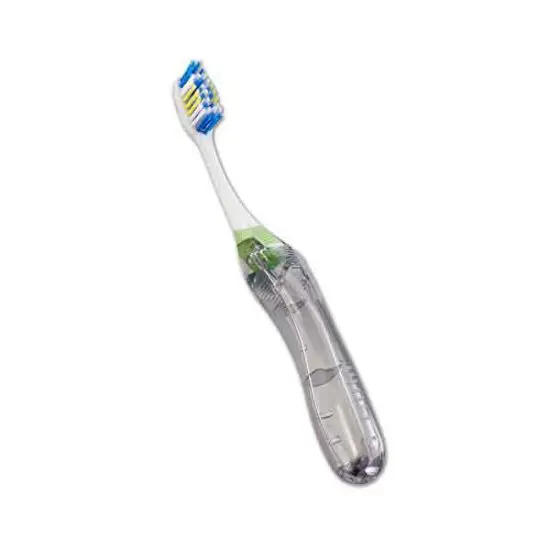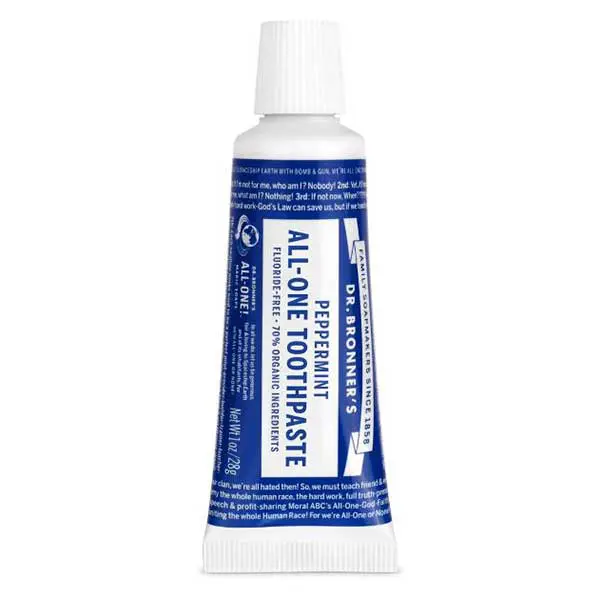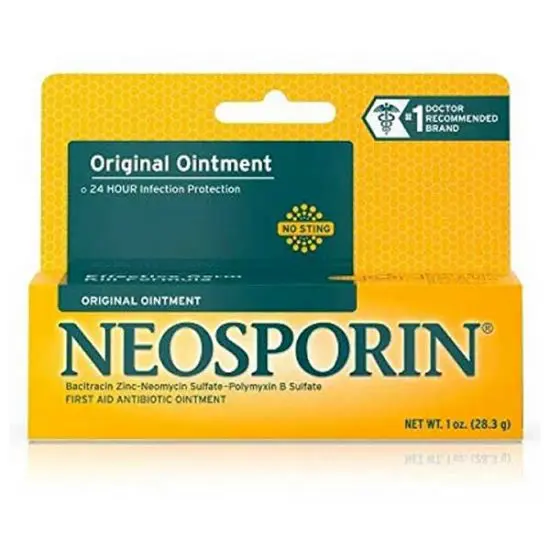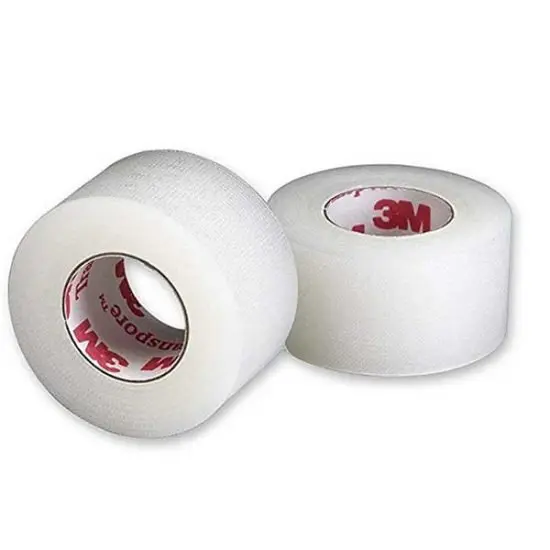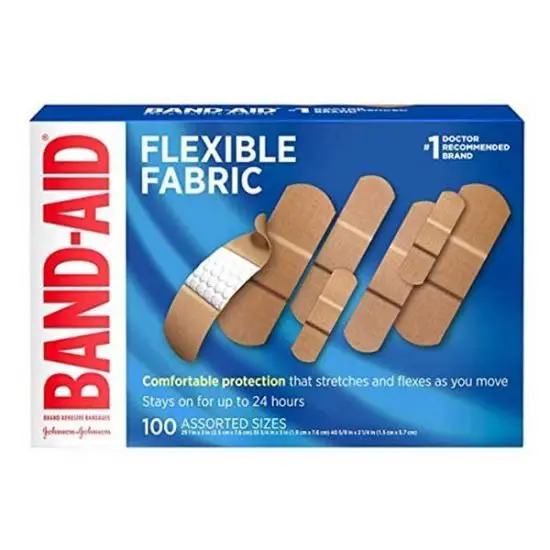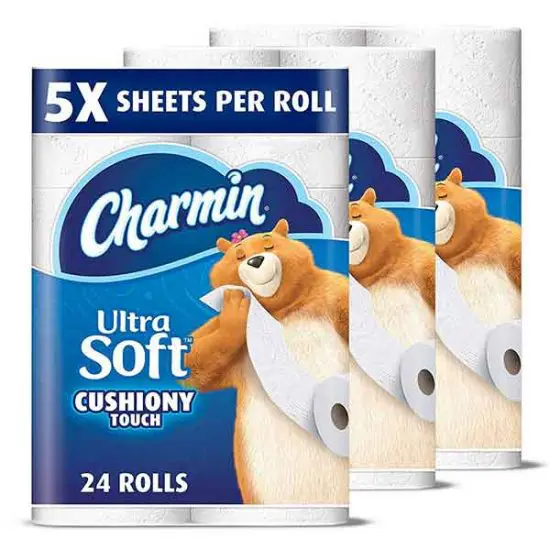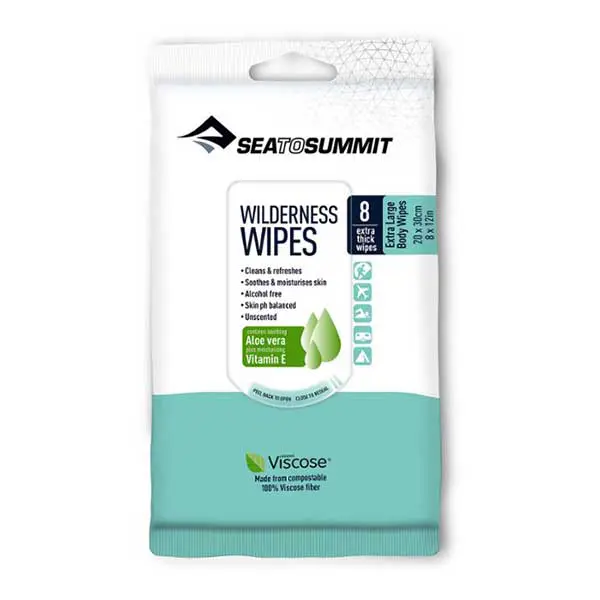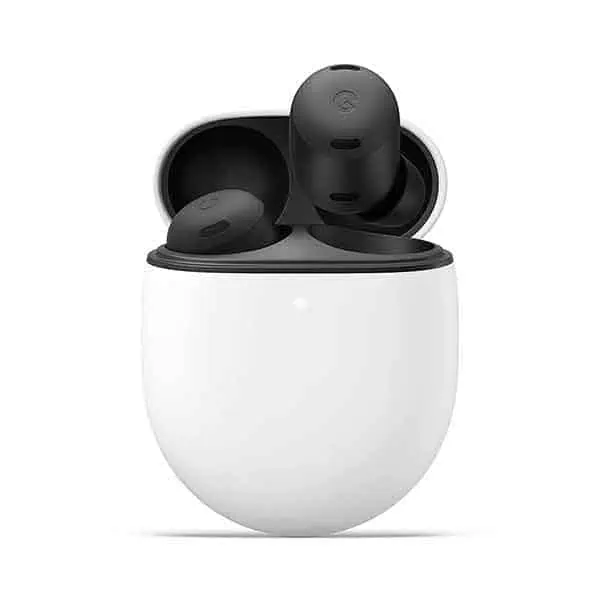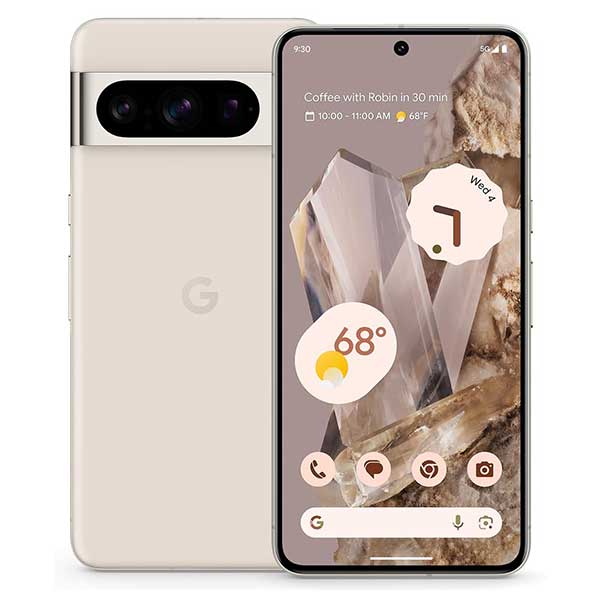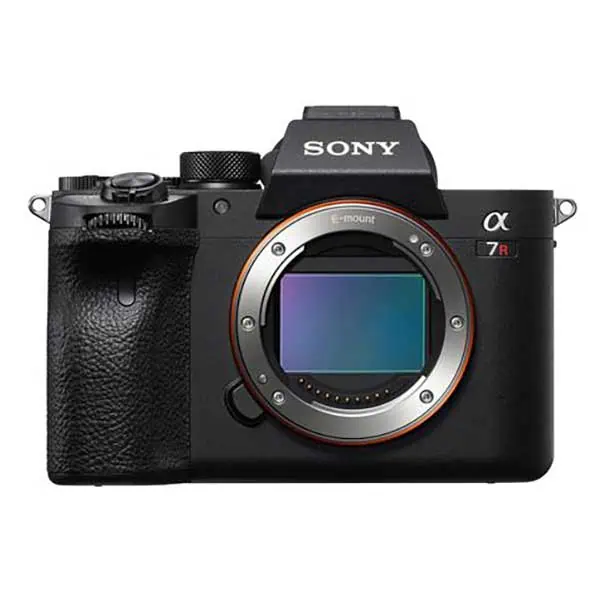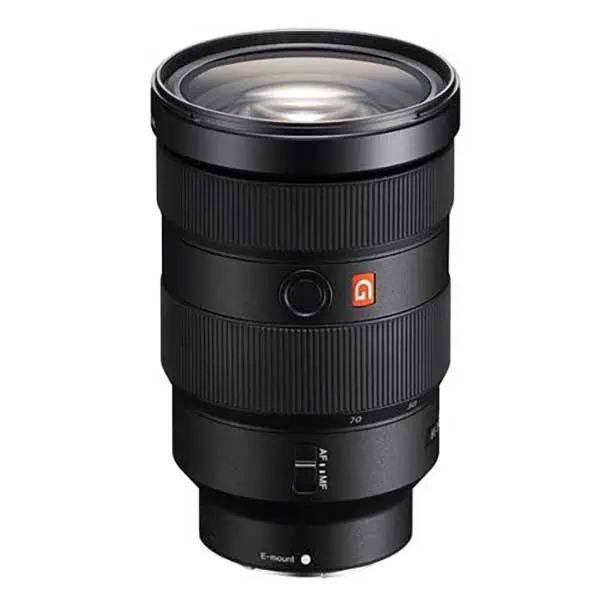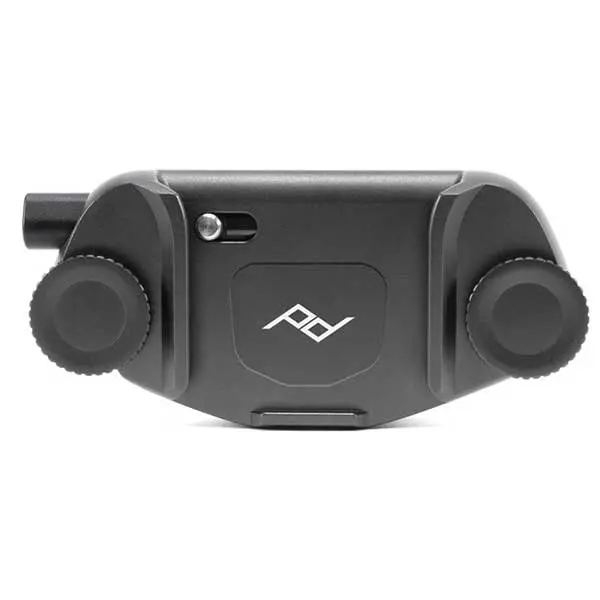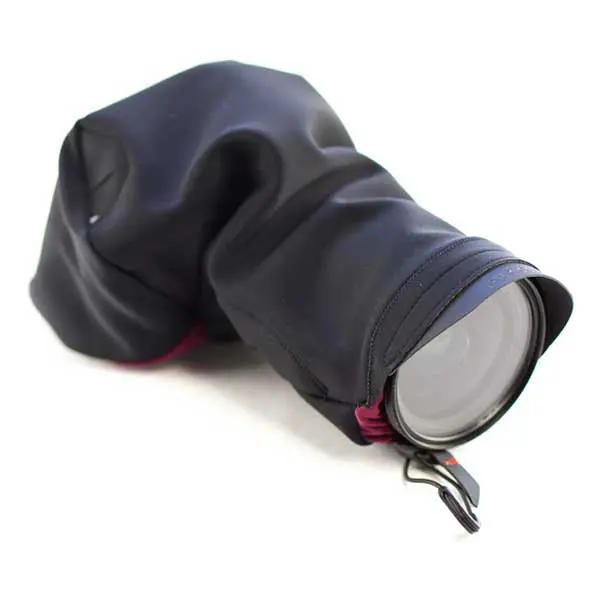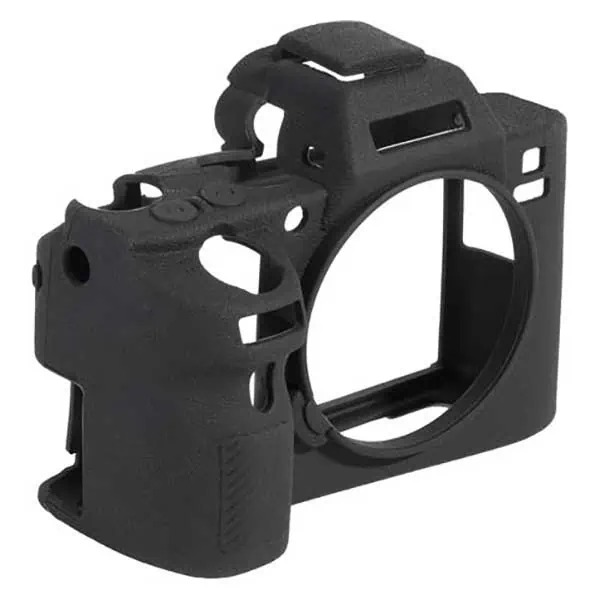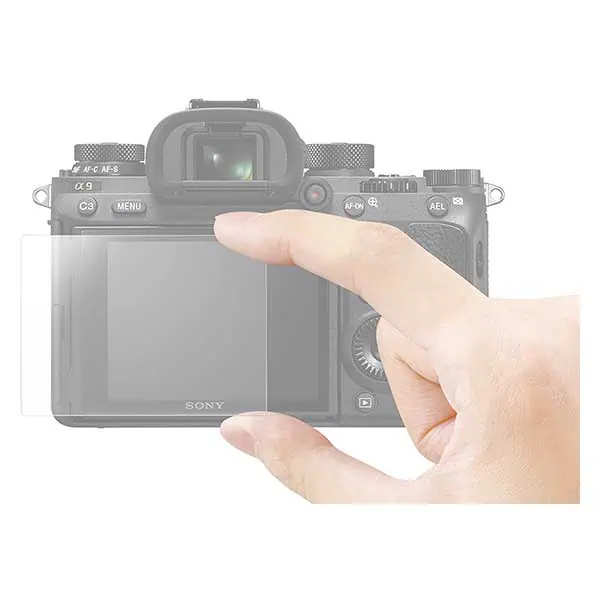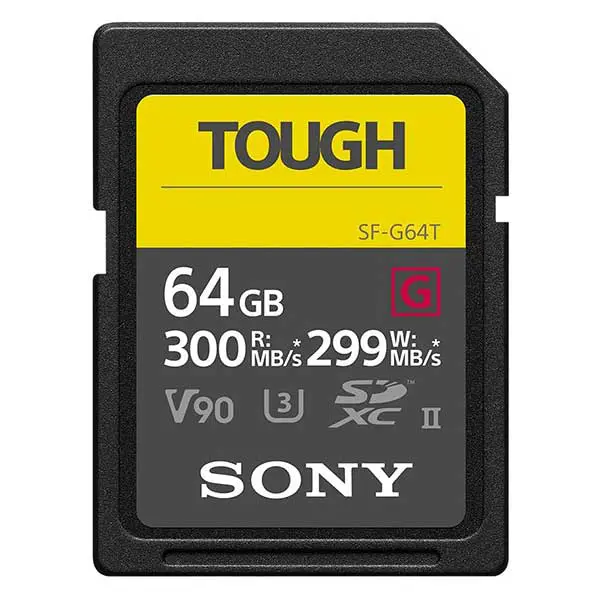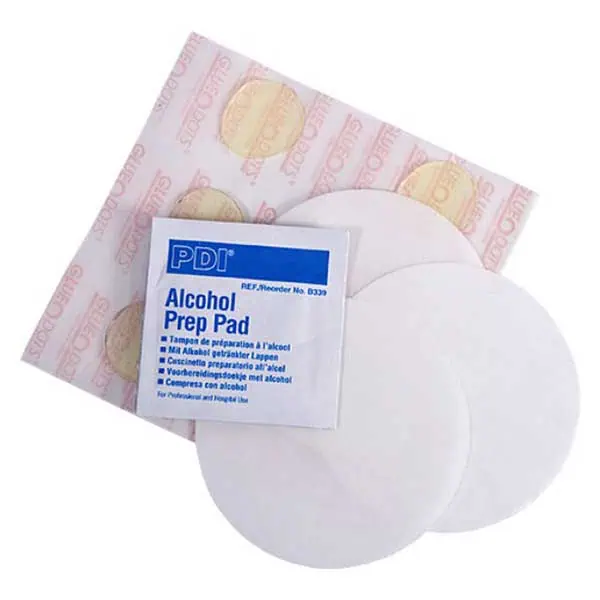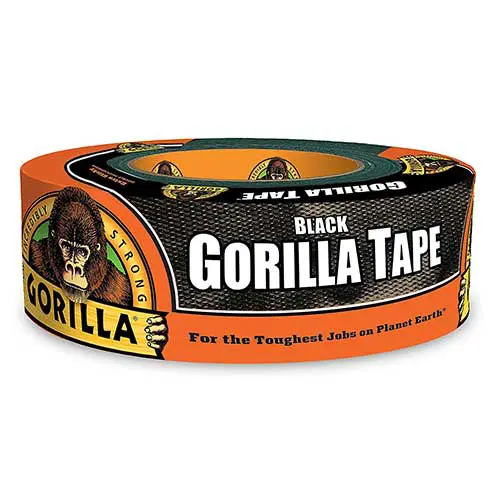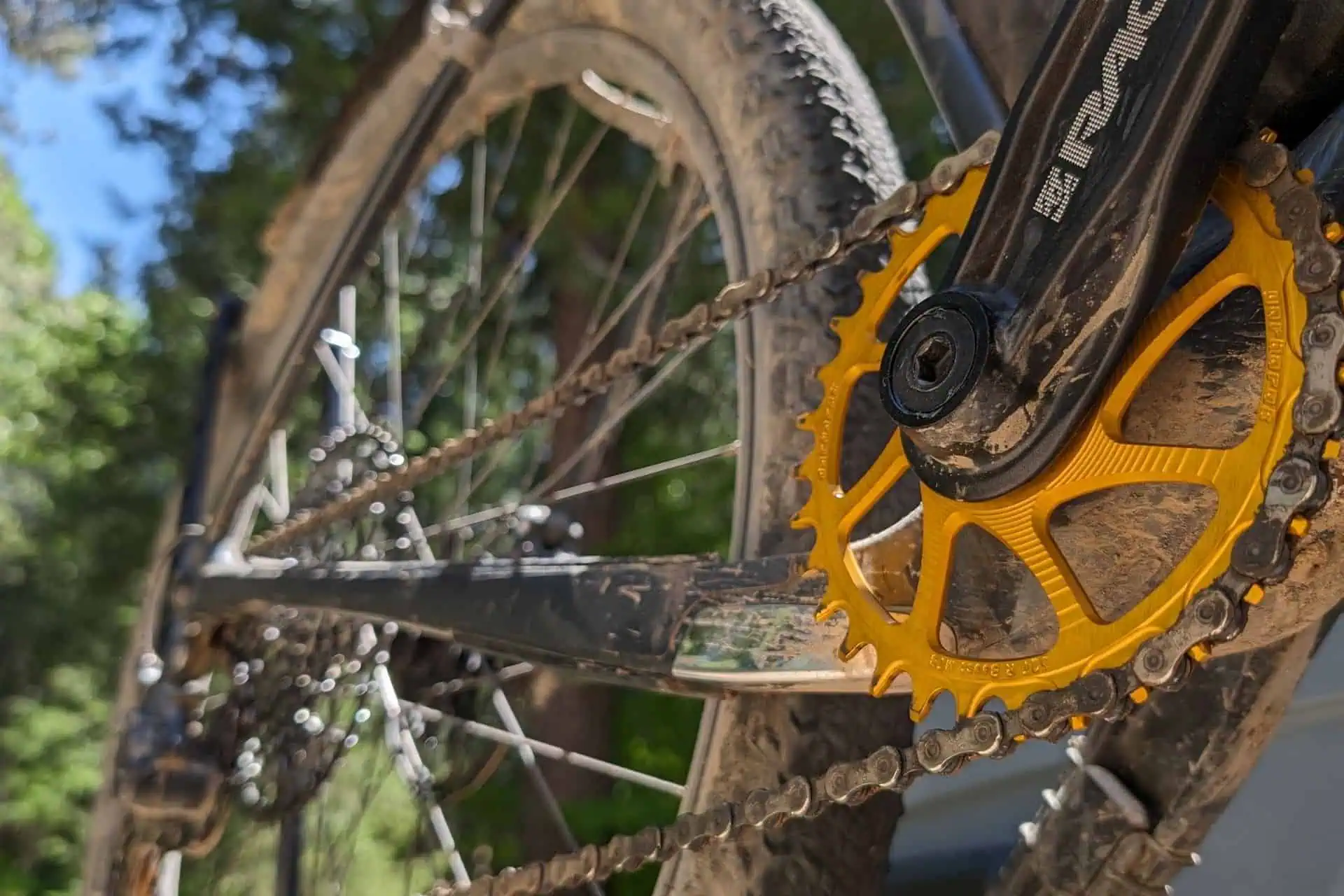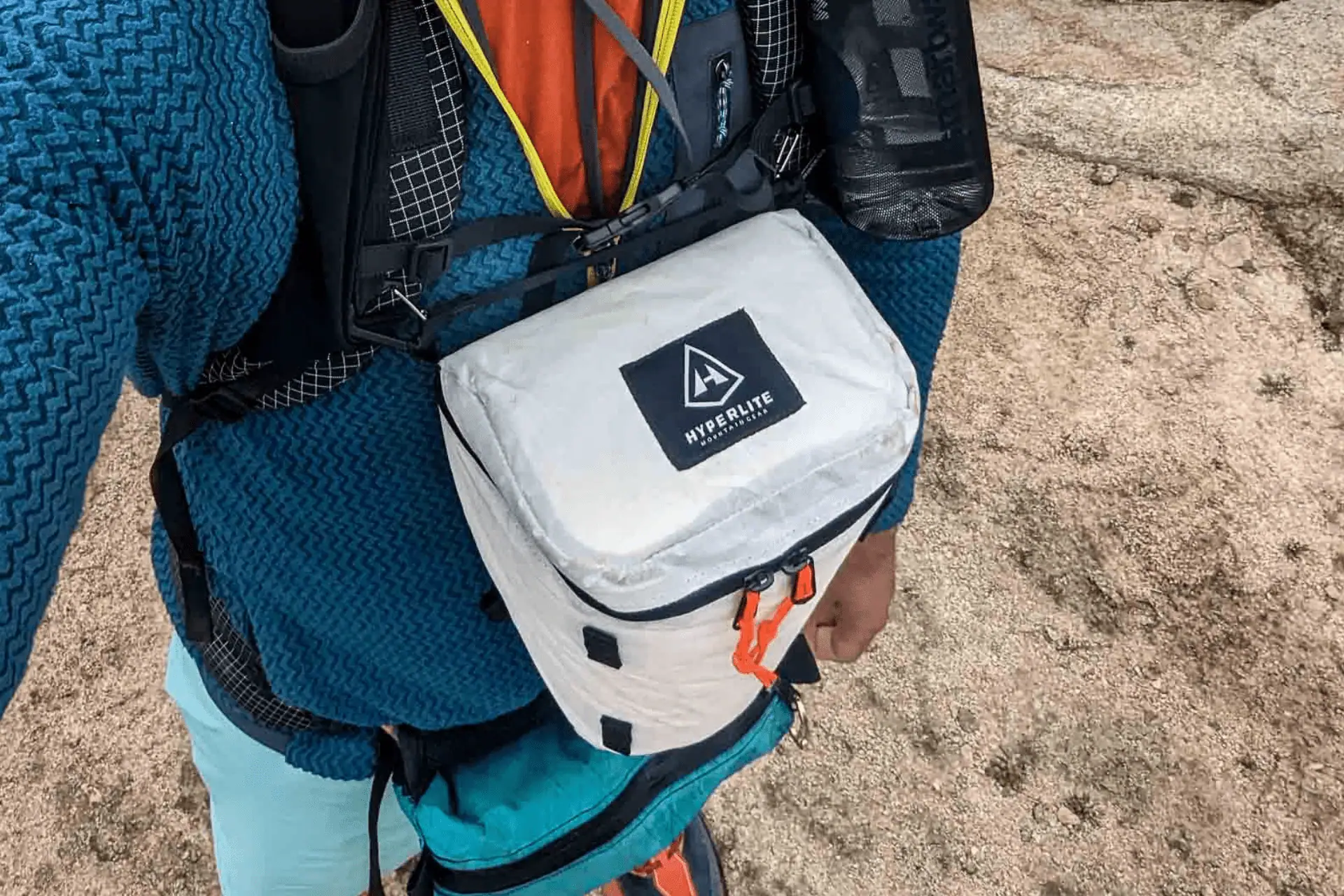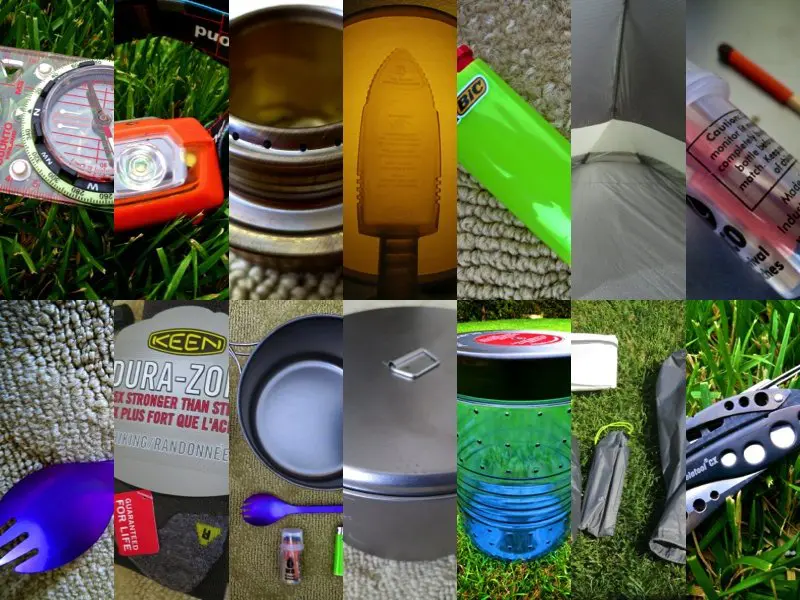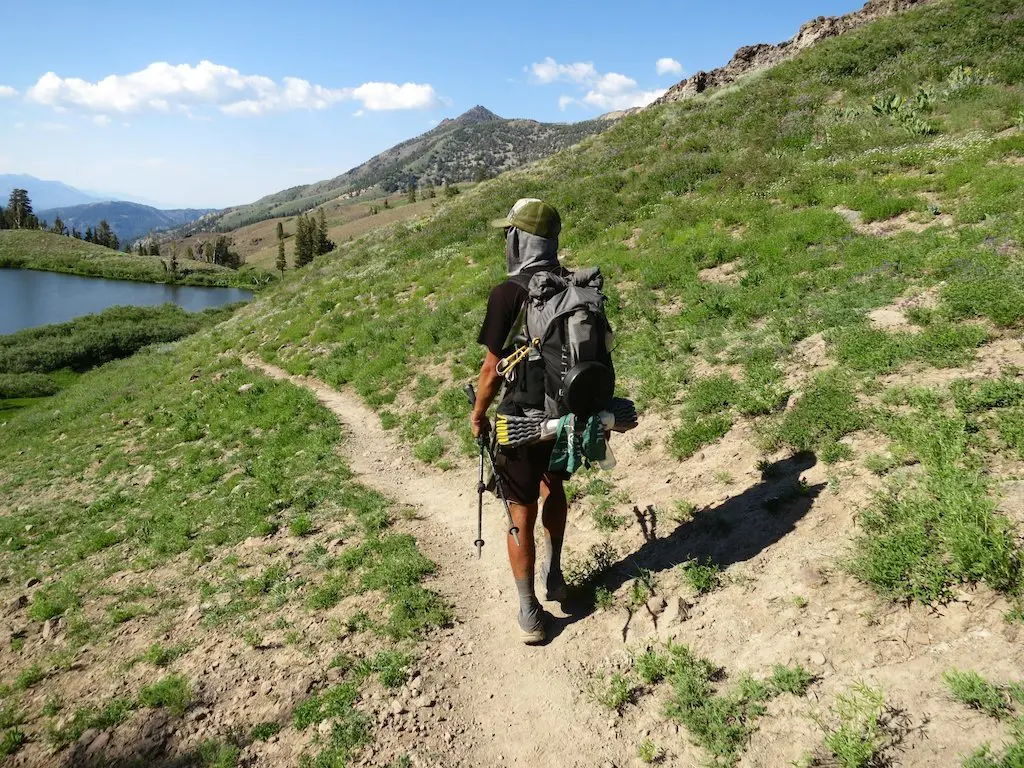Three-Season Backpacking Gear List for 2024
Three-season backpacking (i.e., backpacking outside of winter months) typically lends itself to summer and/or fair weather backpacking despite including both spring and fall. That said, here’s everything you’ll need – and everything I bring – for three-season success in the backcountry.
I’ve included pieces of gear (noted below) that I only bring for shoulder seasons (i.e. when temperatures are colder). This year, I’ve also started including a section denoting what’s changed from my previous gear lists to provide clarity.
I’ve noticed that many gear lists leave things out and only list the big items instead of literally everything coming along for the hike. The gear list below reflects everything I will be packing—not just the big items—to give a more realistic picture of what goes into a backpacking trip.

What’s Changed
As always, I’m constantly tweaking my gear list and trying out new things. Here’s what’s changed from my previous gear list.
- Backpack: Switched from the ULA Ultra Circuit back to the Atom Packs Pulse
- Why? I used the ULA Ultra Circuit after finishing the Hayduke Trail when I needed to carry a bit of a heavier load. My base weight is a bit lower now, so I’m back to the Atom Packs Pulse
- Sleeping Bag Liner: Switched from the Rab Silk Neutrino Sleeping Bag Liner to the Cumulus Liner GL Wide
- Why? The Rab Silk Neutrino Sleeping Bag Liner appears to be discontinued, and I don’t like using/recommending things that are no longer available. I visited the Cumulus headquarters in Poland at the end of last year and picked up a Cumulus Liner GL Wide from them while I was there.
The Big Stuff
- Backpack: Atom Packs Pulse (Medium/Medium)
- Shelter: SlingFin SplitWing
- Sleeping Bag: Katabatic Palisade (6′ 900FP Expedry)
- Sleeping Pad: Therm-a-Rest NeoAir XLite NXT (Regular)
Worn Clothing
- Top: Ridge Merino Solstice Lightweight Pullover Hoodie (Medium)
- Shorts: Brooks Sherpa 2-in-1 (5 in) (Medium)
- Socks: Darn Tough Hiker Micro Crew Midweight (Large)
- Shoes: HOKA ONE ONE Speedgoat (12 Wide)
- Insoles: SOLE Performance Medium (Wide)
- Gaiters: UltraGam Gaiters (XL)
- Sunglasses: goodr BAMFGs Polarized Sunglasses
- Hat: Montbell Mesh Logo Cap #2
Packed Clothing
- Shell: Arc’teryx Norvan (Medium)
- Insulated Jacket: Katabatic Tincup (Large)
- Wind Jacket: Patagonia Houdini (Medium) (if necessary)
- Balaclava: Ridge Merino Balaclava (if necessary)
- Wind Pants: Montbell Dynamo (Medium) (if necessary)
- Base Layer (Bottom): Ridge Merino Aspect Midweight (Medium) (if necessary)
- Neck Gaiter: Buff CoolNet UV+
- Head Net: Sea to Summit Head Net
- Gloves: Ridge Merino Glove Liner (Large)
- Gloves: The North Face Etip Recycled Gloves (XL) (if necessary)
- Socks: Darn Tough Hiker Quarter Midweight (Large) x 2
Carried/On-body
- Watch: Garmin fenix 7X Sapphire Solar
- Trekking Poles: Black Diamond Distance Carbon FLZ (125 cm) (if necessary)
- Fanny Pack: Thrupack Summit Bum
- Fanny Pack Strap: Thrupack Comfy Strap (Medium)
Backpacking Gear
- Water Treatment: Platypus QuickDraw
- Groundsheet: Zpacks Flat Groundsheet (Duplex)
- Water Bottle: smartwater 1 L x 2
- Water Bottle: smartwater 700 ml
- Stove: Snow Peak GigaPower 2.0
- Pot: Snow Peak Titanium Trek 700 Mug
- Fuel Canister: Fuel Canister (110 g)
- Utensil: Snow Peak Long Titanium Spork
- Headlamp: BioLite HeadLamp 325
- Satellite Messenger: Garmin inReach Mini 2
- Sleeping Bag Liner: Cumulus Liner GL Wide
- Pillow: NEMO Equipment Fillo Elite
- Food Bag: Cloud Gear Bear Bag
- Stuff Sack (Sleeping Bag): Hyperlite Mountain Gear Roll-top (Medium)
- Stuff Sack (Clothing): Hyperlite Mountain Gear Drawstring (Large)
- Stuff Sack (Electronics): Hyperlite Mountain Gear Drawstring (Small)
- Pack Liner: Contractor Bag
- Stakes: MSR Carbon Core Tent Stakes x 4
- Stakes: MSR Ground Hog Stakes x 4
- Stuff Sack (Stakes): Hartford Gear Co. Stake Bag
- Stuff Sack (Poop Kit): Space Bear Bags Poop-moji Pouch
Bathroom
- Trowel: Vargo Titanium Dig Dig Tool
- Repellent: Ben’s 100 Max Formula (1.25 fl oz)
- Pre-Trail Repellent: Sawyer Products Permethrin (not carried)
- Lip Balm: Sun Bum Mineral SPF 30
- Anti-Chafe Balm: Body Glide for Her (0.35 oz)
- Hand Sanitizer: Dr. Bronner’s Organic
- Sunscreen: Coppertone SPORT (3 oz)
- Toothbrush: GUM Folding
- Toothpaste: Dr. Bronner’s Travel (0.85 oz)
- Antibiotic Ointment: Neosporin
- Tape: 3M Medical
- Bandages: Band-Aids
- Toilet Paper: Charmin Ultra Soft
- Wet Wipes: Sea to Summit Wilderness Wipes
- Ear Plugs: Mack’s Maximum Protection Soft Foam Earplugs
Electronics
- Power Bank: Nitecore Carbo 20000
- Headphones: Pixel Buds Pro
- Phone: Google Pixel 8 Pro
- Phone Case: Peak Design Everyday Case
- Wall Plug: Anker Nano II 65W
- Cable: USB-A to USB-C
- Cable: USB-A to Micro USB
- Cable: USB-C to USB-C
Apps
Camera Gear
- Camera: Sony A7R IV
- Lens: Sony FE 24-70 f2.8 GM
- Filter: Heliopan 82mm Slim Circular Polarizer SH-PMC
- Camera Attachment: Peak Design Capture
- Camera Cover: Peak Design Shell (Medium)
- Camera Skin: Slinger Silicone
- Screen Protector: Sony PCK-LG1 Glass Sheet
- Memory Card: Sony TOUGH-G SDXC (64 GB) x 2
Odds & Ends
- Knife: Benchmade 533 Mini Bugout
- Gear Repair: Therm-a-Rest Patch Kit
- Gear Repair: Gorilla Tape
- Lighter: Mini Bic
- Extra Cap: Water Bottle Sport Cap
- Pen: Pilot G2
- Bags: Ziploc Quart Food Storage
- Bags: Reusable Grocery Bag (plastic)
- Sunglasses Case: goodr Soft Case
- Wallet: Peak Design Mobile Stand Wallet
Fanny Pack Gear
- Head Net: Sea to Summit Head Net
- Utensil: Snow Peak Long Titanium Spork
- Knife: Benchmade 533 Mini Bugout
- Lighter: Mini Bic
- Anti-Chafe Balm: Body Glide for Her
- Lip Balm: Sun Bum Mineral SPF 30
- Sunscreen: Coppertone SPORT
- Hand Sanitizer: Dr. Bronner’s Organic
- Gear Repair: Gorilla Tape
- Headphones: Google Pixel Buds Pro
- Phone: Google Pixel 8 Pro
- Phone Case: Peak Design Everyday Case
- Pen: Pilot G2
Detailed View
Atom Packs Pulse (Torso: Medium, Hip Belt: Medium)
The Atom Packs Pulse is a compromise between the Atom Packs Atom and the Atom Packs Prospector. It’s a versatile pack suitable for all kinds of trips, from shoulder-season backpacking to ultralight summer travel. It’s highly customizable, has an awesome bottom pocket, handy water bottle pockets on the shoulder straps, and mesh that’s stretchy enough to store all your day’s incidentals (but that won’t tear easily either.
23.2 oz / 656 g
SlingFin SplitWing Shelter
I am a huge fan of the SlingFin SplitWing and the SlingFin Portal 1. Since I don’t anticipate needing something freestanding, I’m back with the SplitWing instead of the Portal. It’s a front-entry shelter with an interior height of 47 in / 119 cm and 24.8 ft² / 2.3 m² of floor space. The shelter can be used with the mesh interior and tarp or with either one on its own.
Detailed review | 24 oz / 680 g
Katabatic Palisade Quilt (6′ / 900FP Expedry)
The Katabatic Palisade is an 18.9 oz / 536 g quilt that keeps me comfortable down to near-freezing and slightly below-freezing temperatures. It’s rated for 30°F / -1°C, and if things get chilly, I supplement it with my down jacket and base layers (depending on the conditions). If I’m deep in a shoulder season, I’ll opt for my Katabatic Flex instead, but the Palisade will typically get the job in three-season conditions. For more on quilts, check out the best backpacking quilts.
18.9 oz / 536 g
Therm-a-Rest NeoAir XLite NXT (Regular)
The Therm-a-Rest NeoAir XLite NXT is the newest version (at the time of publication) of the NeoAir XLite, which promises to be – and arguably is indeed—”6x quieter” than its predecessor. It has an R-value of 4.5 (up from 4.3) and an easy-to-use one-way valve. I also carry (and recommend) a patch kit. I went a long time without getting a hole in an inflatable sleeping pad, but it’s no fun when that streak is broken.
Detailed review | 13 oz / 369 g
Ridge Merino Solstice Lightweight Pullover Hoodie (Medium)
I’ve slowly grown into a connoisseur of backpacking hoodies, and the Ridge Merino Solstice is by far my favorite. It has a high-volume hood with drawstrings that can usually keep it from flying off (you may have to loop or tie them), thumb loops, and is super comfy. Highly recommended – one of my favorite pieces of gear. For more on hoodies, check out the best backpacking sun hoodies.
Detailed review | 9 oz / 255 g
Brooks Sherpa 2-in-1 Shorts (5 in) (Medium)
I discovered the Brooks Sherpa 2-in-1 Shorts 5in Inseam when I took up running last year, and I’ve started using them for all things outdoors, including backpacking. These are what I wore for all my long runs while training for my ultramarathon and also what I wore during the 100-mile race. I’ve since worn them on backpacking trips with equal success.
3.9 oz / 111 g
Darn Tough Hiker Micro Crew Midweight (Large)
The Darn Tough Hiker Micro Crew Midweight is the crew-length version of the uber-popular Darn Tough Hiker Quarter Midweight Hiking Sock. The only difference is the height (and the price). I like to mix it up with the crew – and vary the length of my tan lines. If I wanted to be super ultralight and cool I would use the quarter (or no-show) socks to avoid extra weight in my pack with the extra pairs. For more on socks, check out the best socks for thru-hiking.
2 oz / 57 g (pair)
HOKA ONE ONE Speedgoat (12, Wide)
I have grown confident using the HOKA ONE ONE Speedgoat on slippery granite in the Sierra Nevada and during my ultramarathon training. My one issue with the Speedgoat is that there’s no gaiter attachment point at the heel, so I need to modify them by attaching a piece of velcro to the back for gaiter attachment. For more on shoes, check out the best shoes for thru-hiking.
21.6 oz / 612 g (pair)
SOLE Performance Medium
I used insoles when I first began thru-hiking and then decided to drop them without a real reason. I’ve decided to continue using insoles for additional support in the form of the SOLE Performance Medium insoles. There’s a wide version (nice for my wide shoes) and a variety of thicknesses, so I can adjust if needed as the trail goes on.
4.6 oz / 130 g (pair)
UltraGam Gaiters (XL)
Gaiters are small pieces of gear that can make your time in the backcountry much more enjoyable. UltraGam Gaiters come to us via Etsy and have some of the most amazing designs available. They attach to your shoes via a hook at the front (that goes on your laces or connects to the designated gaiter loop) and a piece of Velcro at the back (you’ll need to apply a piece of Velcro to your shoes if you don’t already have some built-in).
2.6 oz / 74 g (pair)
goodr BAMFGs Polarized Sunglasses
Whether protecting from the sun’s reflection off the snow or water or simply shielding me from the desert sun, sunglasses are a must anytime in the backcountry. I am a fan of the goodr BAMFGs Polarized Sunglasses because they 1) come in large sizes to fit my extra-wide head, 2) are affordable, which means I can beat up on them a bit more, and 3) they come in a variety of awesome colors.
0.9 oz / 26 g
Montbell Mesh Logo Cap #2
Hats are another personal choice. I’ve always worn hats but have the same problem with them as I have with sunglasses—I have a big head. The Montbell Mesh Logo Cap #2 fits me great and reminds me of all the time I spent climbing mountains in Japan (I need to get back there). Recommended if you’re looking for a simple, well-fitting hat to explore, especially if you have a large head.
2.8 oz / 79 g
Arc’teryx Norvan Hoody (Medium)
The Arc’teryx Norvan Hoody is about as light a GORE-TEX shell as you could hope for. I typically don’t plan (or hope) to encounter too much rain and/or snow where I’m out backpacking – at least not for days at a time – so this lighter-weight shell should do just fine to offer me the insurance I need against the weather.
6.7 oz / 190 g
Katabatic Gear Tincup (Large)
The Katabatic Gear Tincup is a lightweight puffy with 5.5 oz / 156 g of 850+ fill power HyperDry goose down. It has two zippered hand-warmer pockets, elasticized hem, and cuffs, and it does everything. I will probably switch to something slightly lighter like the Katabatic Gear Tarn, but since the Tincup is the one I chose first, I figure I’ll run it into the ground before making any changes.
Detailed review | 11.4 oz / 323 g
Patagonia Houdini (Medium)
The Patagonia Houdini isn’t something I always bring, but if I’m expecting wind, weather, or colder temperatures, it earns a place in my pack. Hiking in my shell when it’s windy is rarely an option since I run incredibly hot and will end up just sweating. The Houdini is lightweight enough not to provide too much warmth but to be able to defeat the wind. It’s also light enough to pay for itself with just a couple of uses (as far as the weight penalty).
3.7 oz / 105 g
Ridge Merino Balaclava
Because I’ll be using a quilt and I sometimes encounter chilly nighttime temperatures, I like having something to keep my head warm – especially if I’m cowboy camping. The Ridge Merino Balaclava offers versatility as the front of it can be easily pulled down to expose the lower half of your face or pulled up for particularly cold nights. It also has a mesh panel to facilitate breathing and save you from feeling like you’re trying to breathe through a sock.
2.5 oz / 71 g
Montbell Dynamo Wind Pants
I have Montbell Dynamo Wind Pants, mostly for protection against bugs. Still, they do come in handy for frigid windy days occasionally (especially if I’m not carrying my bottom base layer). One downside? There’s no way to get them on and off without removing my shoes, but I suppose zippers would add some of that much-feared weight.
2.8 oz / 80 g
Ridge Merino Aspect Midweight Bottoms (Medium)
I love my shorts and waking up and hiking early. However, some mornings, those early-morning chills are at odds with my shorts, so the Ridge Merino Aspect Midweight Bottoms become a nice thing to have. Should I need even more protection, I’ll layer these with my wind pants (below). How do I put these on and take them off when I wear shorts with a liner? Get naked, obviously.
6.2 oz / 176 g
Buff CoolNet UV+
It’s never a bad idea to have an extra neck gaiter around. The Buff CoolNet UV+ usually lives on my neck, head, face, or wrist during the mornings, evenings, and cold parts of the day. This buff is designed to be used in the sun and supposedly doesn’t heat up as much as an original buff, but I have trouble keeping it on an entire day (I run hot).
1.2 oz / 34 g
Sea to Summit Head Net
I know that wearing a head net makes you look like a tool, but in mosquito country, nobody cares about how dumb they look – only about how many mosquitoes are not currently in and/or on their face. The Sea to Summit Head Net is a lightweight solution with an adjustable hem that it’s probably worth bringing two because you’ll be able to sell one for ten times the price to some sucker without one.
1.2 oz / 34 g
Ridge Merino Glove Liner (Large)
Gloves, like tights, are a necessary part of my early-morning backpacking kit. The Ridge Merino Glove Liners are some of the lightest gloves I’ve found that also provide some level of protection against the cold. They’ll not heat up my hands so quickly that they become useless after a few minutes of hiking. They also do an acceptable job of working with my phone’s touchscreen.
1.2 oz / 34 g (pair)
The North Face Etip Recycled Gloves (XL) (if necessary)
If I need something heavier than my Ridge Merino Liner Gloves, I bring along the The North Face Etip Recycled Gloves. Like my liners, they’re touchscreen compatible and allow full flexibility in my fingers. They’ll handle a sprinkle of rain or some morning fog, but don’t expect them to kee your hands dry in a downpour. I’ve been toying with the idea of trying some overmitts, but I’m not convinced they’ll work. I might just start wearing GORE-TEX cycling gloves in cold and rainy weather.
Darn Tough Light Hiker Quarter Midweight Hiking (Large)
Bringing extra pairs of Darn Tough Light Hiker Quarter Midweight Hiking Socks will always be worth the weight. I’ll typically carry two extra pairs, but it really depends on how nice I want to be to my feet and how many days I’ll be out. I know there are few things better than putting on a clean pair of socks on the trail – especially if your previous pair is particularly heinous and damp from the day before.
2.2 oz / 62 g
Garmin fenix 7X Sapphire Solar Multisport GPS Watch
The Garmin fenix 7X Sapphire Solar was something I considered for a long time before I finally decided to add it to my kit. My only regret is that I didn’t get one sooner. Its battery life is superb, it does an excellent job of accurately tracking my activities (even when in canyons or places where my phone’s GPS has historically had difficulty). The watch’s (and the app’s) functionality has proven impressive at every turn, and my only complaint is that it uses a proprietary Garmin cable to charge, not USB-C.
2.9 oz / 82 g
Black Diamond Carbon FLZ Trekking Poles (125 cm)
I typically don’t use trekking poles, but I got the Black Diamond Distance Carbon FLZ for the Hayduke and ultrarunning, and I’ve been happy with them. These poles are one of the lightest options available and they break down/set up quickly. If you’re paying close attention, yes, these are the women’s poles. What’s the difference between the men’s and women’s versions? Just the color.
12 oz / 340 g (pair)
Thrupack Summit Bum
The Thrupack Summit Bum has become an essential piece of my hiking kit (and my not-hiking kit – I shamelessly use it off the trail and receive nothing but complimentary stares from everyone). This lightweight fanny pack revolutionized my hiking and is now where I keep all my daily snacks, sunscreen, hand sanitizer, lighter, etc. It has an exterior pocket that can fit a large cell phone, two interior pockets, and it’s water-resistant. Not to mention its huge sex appeal.
Detailed review | 2.5 oz / 71 g
Thrupack Comfy Strap
The Thrupack Summit Bum comes with a strap, but if you want an upgrade on both your comfort and your awesomeness, then a Comfy Strap is worth the investment. This strap comes in various prints, but most importantly, it is stretchy (and comfy). It’s unnecessary, but I am happy I have one.
2.2 oz / 62 g
Platypus QuickDraw
I’ve used the Platypus QuickDraw extensively, including for the entirety of the Arizona Trail. In my experience, the QuickDraw is slightly less awful to deal with than the Sawyer Squeeze. It’s far from perfect, and I should probably make the switch to bleach, but for now, I’m sticking with the QuickDraw to filter my water as I’m not a fan of prefiltering or floaties in my beverages.
Detailed review | 2.2 oz / 62 g
Zpacks Flat Groundsheet (Duplex)
Yes, I could use nothing as a groundsheet, but I’m packing the Zpacks Flat Groundsheet for the Duplex (although I now think I should have sized up to the Triplex) to accomplish this job. Unlike the Hyperlite Mountain Gear ground cloth (which, for reasons I still don’t understand, has stake-out loops parallel to the ground), it can be easily staked down if placing my gear around it to hold it down isn’t sufficient.
3.1 oz / 88 g
smartwater Bottle (1L x 2, 700ml x 1)
I typically use a combination of smartwater bottles to meet my water-carrying needs. These bottles (aka any cylindrical bottles without ribs) are structurally sound compared to collapsible Arrowhead bottles, and they slide easily in and out of backpack pockets (trust me, this is important). You can also put a Platypus QuickDraw or Sawyer Squeeze on the top and filter from one bottle to another.
Snow Peak GigaPower 2.0
On short solo trips, I typically go stoveless, but having a stove means I have something to do in camp (and it means eating macaroni and cheese every night). The Snow Peak GigaPower 2.0 has a built-in igniter (that has yet to fail on me) and has performed well for me in wind, at elevation, and in cold conditions. It also fits into my pot with a gas can.
4.23 oz / 120 g
Snow Peak Titanium Trek 700 Mug
The Snow Peak Titanium Trek 700 can fit a 110 g gas can (the smallest gas can) and the GigaPower 2.0 stove—everything I could ask for in a macaroni-and-cheese-making and/or hot-water-heating-up vessel. It also has measuring lines inside. I don’t know that I’m a huge fan of the tab on the lid (for hanging the lid on the side of the pot), and I might end up swapping it out for something else without a tab.
4.8 oz / 136 g
Snow Peak Long Titanium Spork
Yes, you can get a plastic spoon from McDonald’s, but if you want a utensil that will last forever (so long as you don’t lose it), get a Snow Peak Long Titanium Spork. It won’t melt, it’s easy to clean, and it’s titanium (which means you can use it to fight off wild animals). I don’t know why it took me this long to go with the long version instead of the standard version (probably because the standard one comes in fun colors), but I expect it will serve me well for the couple of times I end up eating a fancy dehydrated meal on the trail.
0.7 oz / 20 g
BioLite HeadLamp 325
I could use a minimalist pen light that is super cool and ultralight, but I want a headlamp that will aid me should I decide to do some night hiking on the Hayduke. The BioLite HeadLamp 325 is my current go-to (and if you need something a bit brighter, there’s also the BioLite HeadLamp 425). It’s lightweight, comfortable, and bright. The only downside? It’s still a micro USB plug. Where’s the USB-C, BioLite?
1.76 oz / 50 g
Garmin inReach Mini 2
I always carry the Garmin inReach Mini 2 (which only weighs 3.5 oz / 99 g) with me to stay in touch and, most importantly, to get out of any life-threatening situations I (hopefully don’t) get myself into. The Mini 2 has 2-way texting (which works well), tracking (also works well), and SOS capabilities (fortunately, I haven’t had to test this). The only catch is that it requires a (paid) monthly plan to function. For more on PLBs, check out the best personal locator beacons.
3.5 oz / 99 g
Cumulus Liner GL Wide
A sleeping bag liner isn’t necessary, but I am using a Cumulus Liner GL Wide sleeping bag liner. Why use a sleeping bag liner? A couple of reasons: 1) to keep my quilt clean (because having and eventually washing a dirty sleeping bag is no fun), and 2) for when I end up too hot at night and want to use the liner as my sleeping bag. It appears that, sadly, Rab doesn’t make this anymore, so I will likely be on the hunt for a replacement soon.
2.5 oz / 71 g
NEMO Equipment Fillo Elite Pillow (Large)
A pillow is not something you need out on the trail, but after trying and seeing how comfortable the NEMO Equipment Fillo Elite is, I’ve decided it’s well worth the weight. I have a terrible time sleeping outdoors (and sometimes indoors), so anything that can help me sleep through the night without waking up and feeling hungover from lack of sleep is welcomed. If you haven’t already given a pillow a try, I suggest the NEMO pillows over the Sea to Summit pillows (which aren’t as comfy).
3 oz / 85 g
Cloud Gear Bear Bag (Large)
Yes, I could use a reusable plastic bag to store my food, but I’ve learned that (for me, at least) having a bag that closes is advantageous. The Cloud Gear Bear Bag (a bit of a misnomer because it’s not bear-proof) is a roll-top stuff sack that is large enough to hold my food, and it can be hung (probably where the “bear bag” comes from) should I for some reason decide that hanging my food is a good idea (instead of sleeping with it).
1.3 oz / 37 g
Hyperlite Mountain Gear Roll-top (Medium)
Even with a pack liner, it’s a good idea to keep your sleeping bag in a dry sack (because your sleeping bag keeps you alive at night). While the Hyperlite Mountain Gear Roll-top Stuff Sack is not technically a dry bag, so long as it’s inside your backpacking and you’re not planning on completely submerging it, you won’t have to worry about your bag getting wet. This is my sleeping bag’s third line of defense against water, and I’ve yet to have a wet bag after a day of hiking.
1.2 oz / 34 g
Hyperlite Mountain Gear Drawstring Stuff Sack (Large)
The Hyperlite Mountain Gear Drawstring Stuff Sacks weigh virtually nothing (because Dyneema is expensive), are water-resistant (these are less waterproof than the roll-top bags—if “less waterproof” is technically a thing), and come in three colors and six sizes. I have found the large to be big enough for my extra socks and clothing (I keep my shell and puffy separate). Are Dyneema stuff sacks nice to have? Absolutely. Are they necessary? Not at all.
0.53 oz / 15 g
Hyperlite Mountain Gear Drawstring Stuff Sack (Small)
Could the job of storing my electronics (mostly cords) be done in a Ziploc bag? Sure. But that would be wasteful (I use enough Ziplocs for my food already). The Hyperlite Mountain Gear Drawstring Stuff Sacks weigh virtually nothing (because Dyneema is expensive), and they’re water-resistant (these are less waterproof than the roll-top bags – if “less waterproof” is technically a thing). They come in three colors and six sizes. I use a small for my cords and spare camera battery/memory cards, but could probably get away with a nano (which would save me a whole 0.21 oz / 6 g).
0.35 oz / 10 g
Contractor Bag
Yes, there are fancy alternatives, but I’ve found that cutting down a contractor bag to size is one of the most effective ways to protect all my gear from rain, snow, or unfortunate river crossing mishaps.
0.9 oz / 26 g
MSR Carbon Core Tent Stakes
If you’re looking for ultralight tent stakes, you can’t do much better than MSR Carbon Core Tent Stakes. I bring four of these for the body of my shelter and then use the more durable/grippy MSR Ground Hog Stakes for my tarp and/or guylines for when the weather gets a bit more aggressive.
0.2 oz / 6 g (each)
MSR Groundhog Tent Stakes
In addition to the MSR Carbon Core Tent Stakes, I bring four MSR Groundhog Stakes for my tarp and/or guylines when the weather gets more aggressive. They’re generally great for what I need, and so long as I’m not in truly loose sand (like on a beach) or in snow, the combination of the Carbon Core and the Ground Hog stakes works great.
0.5 oz / 15 g (each)
Hartford Gear Co Stake Bag
Yes, a rubber band or bungee cord would suffice for storing my stakes, but the Hartford Gear Co Stake Bag is also a great option for keeping all my stakes in one place and containing their inevitable filth.
0.035 oz / 1 g
Space Bear Bags Poop-moji Pouch
As is the case with many of my bags and pouches, the Space Bear Bags Poop-moji Pouch isn’t entirely necessary, but it is, again, nice to have my entire poop kit (minus my trowel) contained in a single space. It will fit a Deuce of Spades #2 (although I recommend this trowel instead), and all your pooping kit needs handily. If you need additional space, there are larger sizes available as well.
0.3 oz / 8.5 g
Vargo Titanium Dig Dig Tool
I’ve talked a lot about pooping in the woods and packing out your toilet paper in the past, and I will probably continue to do so. Backcountry poops aren’t glamorous, but they are a reality of trail life. Many people don’t bring a trowel, saying that a shoe, a rock, a trekking pole, or whatever will substitute. Sometimes this will be the case, but other times you are not going to be able to dig a proper cat hole (that’s a hole for your poop). The Vargo Titanium Dig Dig Tool is an excellent solution to the trowel question.
1.2 oz / 34 g
Ben’s 100 Max Formula Insect Repellent (1.25 fl. oz.)
I’m not the biggest fan of DEET, but it works. I’ve been taking a 1.25 fl. oz. bottle of Ben’s 100 Max Formula Insect Repellent with me out on the trail because the bugs have been bad, and DEET works. I never intend to head out into bug-heavy areas, but just in case, I like to be prepared.
Sawyer Permethrin Pump Spray (24 oz)
I really hate bugs. Even gazing at a beautiful photo of your hike can be tormented by memories of mosquito swarms. That’s why, besides carrying repellent, I treat my clothing with Sawyer Permethrin before hitting the trail. One treatment lasts up to six washes or six weeks. Don’t use it to insect-proof your cat; it’s toxic to cats in its liquid form – but safe after it dries and binds to your clothing.
Sun Bum Mineral SPF 30 Sunscreen Lip Balm
I once made the mistake of not bringing lip balm on an eight-day hike in the Sierra Nevada, and it was one of my worst experiences in the backcountry—so painful. Now, I’m stocked up on Sun Bum Mineral SPF 30 Sunscreen Lip Balm to make sure I never have to go through that again. Whatever lip balm you bring, make sure it has some SPF.
0.8 oz / 23 g
Body Glide for Her (0.35 oz)
The worst thing on the trail is chafe (and more specifically, ass chafe). Thankfully, there is Body Glide for Her to alleviate the suffering. It’s the same as Body Glide Anti-Chafe Balm but is also “rich in vitamins A, B, E, and F.” What? Do only “hers” need vitamins? I want some, too. Just remember to apply before the chafe parade starts.
2 oz / 57 g
Dr. Bronner’s Organic Hand Sanitizer
If there’s one thing my long-time hiking partner, Mr. Appa, taught me, it’s about Dr. Bronner’s Organic Hand Sanitizer. It’s a spray-on hand sanitizer that makes my hands smell lavendery and (hopefully) cleans them. A peppermint version is also available, but it’s always more difficult to find.
2 oz / 57 g
Coppertone SPORT
Sunscreen should be broad-spectrum (UVA/UVB), designed not to run off when you sweat, and ideally SPF 50 (above SPF 50 provides only marginal additional protection at an often much more expensive price). I like the consistency of Coppertone SPORT SPF 50 (I don’t like Banana Boat). What do you like? Not being sunburned? Excellent.
3.2 oz / 91 g
GUM Folding Travel Toothbrush
I like the GUM Travel Toothbrush because it folds into itself for storage and packs away easily. However, once the bristles start to wear, they get stuck in the brush when closing it. Still, I typically use one of these on the trail since it fits easily in my pocket, fanny pack, or backpack.
0.8 oz / 23 g
Dr. Bronner’s Travel Toothpaste
In case you are unaware, there are small versions of toothpaste available. You do not need to bring a huge tube of toothpaste while hiking. Get some Dr. Bronner’s Toothpaste (or any travel-sized toothpaste) and keep yourself from becoming a complete woodland savage. Or you can do the super-uber-duper-mega ultralight savage thing and don’t brush your teeth with toothpaste.
1 oz / 28 g
Neosporin Ointment
Many people don’t talk about (or don’t bring) any first aid into the backcountry, but it’s a good thing to have some antibiotic ointment around for when you slice your hand open while cutting off some of that sweet and delicious cheese. I carry a small tube of Neosporin Ointment to fight off the infections. Have I used it? Yes. Is it worth carrying? Sure.
1 oz / 28 g
3M Medical Tape
Carrying a bit of 3M Medical Tape won’t cost a lot in terms of weight, but it can be very helpful should you slice something open and need more than just a Band-Aid. I guess I can rely on my Gorilla Tape, but I don’t want to rip all my hair (and skin) off.
0.6 oz / 17 g
Band-Aid Bandages
It’s not a bad idea to have a couple of Band-Aid Bandages tucked away somewhere in your pack to stop the bleeding that will inevitably occur somewhere on your body during your hike.
0.2 oz / 6 g
Charmin Ultra Soft
Often I have to take what I can get in terms of toilet paper on the trail (those privies never have the good stuff), but if I ever get the choice, it’s Charmin Ultra Soft for the win. Keeping clean will minimize butt chafe and maximize your poo-freeness. I usually pack out an entire roll – way too much. And remember to pack out your toilet paper!
1 oz / 28 g
Sea to Summit Wilderness Wipes
It took me a while to come around, but damn, having some Sea to Summit Wilderness Wet Wipes (or any wet wipes) can be life-saving in the backcountry. In addition to ensuring the cleanest of bums following a backcountry waste disposal, they can be used to clean your disgusting feet to help keep them blister-free. But as with toilet paper, remember to pack them out.
3 oz / 85 g
Nitecore Carbo 20000
Because I have several electronics I’ll need to keep charged, and because I often have long sections without access to charging, I’m bringing a Nitecore Carbo 20000. I don’t like to have to worry about conserving battery on the trail, and I will always be happy to carry additional power banks should the need arise.
10.42 oz / 295 g
One of the most important things I look for in earbuds is battery life. The Pixel Buds Pro offer up to 31 hours of battery life (around 11 hours for a full charge, with additional charges available via the case) and have excellent noise cancellation. They’re comfortable to wear for long periods (i.e., all day), and the microphone works well.
2.2 oz / 62 g
You’re probably not looking at this gear list in hopes of finding yourself a new phone, but I get asked which phone I am using often enough that I’ve decided to include the Google Pixel 8 Pro here. I’m not an iPhone fan, so I stick with Google. This thing has a killer camera and will be used extensively for navigation and taking notes (in addition to photography).
7.41 oz / 210 g
Peak Design Everyday Case
Peak Design makes both excellent camera and phone accessories. The Peak Design Everyday Case has a magnet that allows me to attach my wallet and various optional mounts that make using my phone in my car or on my bicycle a breeze. Does any of this help hiking? I guess not, but this is an awesome case and is officially part of my pack.
1.5 oz / 43 g
Anker Nano II 65W
On a long hike, you need to carry a wall charger with you if you hope to be able to charge your devices when you make it to town. The Anker Nano II 65W has three ports, one USB-A and two USB-C, which is plenty to charge my devices. It’s also got a folding plug which is great for not stabbing holes in my stuff sacks, down jacket, or pack liner.
4.5 oz / 128 g
Sony A7R IV
After dropping and breaking my Sony a6500 while carrying my bicycle across the Grand Canyon, I figured my money would be better spent investing in an upgrade rather than a repair. The upgrade? The Sony A7R IV. In the past, I had told myself that I didn’t want a full-frame camera because of the weight, but now that I have one, I regret not making the switch sooner. This camera is incredible and I’m extraordinarily pleased with its performance thus far. That said, it is heavy, and an argument could probably be made against it, but I’m happy with it.
1.46 lbs / 665 g
Sony FE 24-70 f2.8 GM
I’ve made a lot of purchases in recent years and thought to myself sometime later, “Damn, I should have just spent a little more and gotten the upgraded version of X”. I decided not to make this same mistake with my camera setup and got the only lens I could imagine myself ever wanting or needing (unless I want to go wider) with the Sony FE 24-70 f2.8 GM. It’s wide enough for epic landscapes and has enough zoom/speed for anything I want to photograph in the backcountry. Sure, I could get a huge zoom lens, but 1) I don’t want to have to carry it, and 2) wider is better as far as all the things I’ll be taking pictures of (or at least 98% of the time).
1.95 lb / 886 g
Peak Design Capture
The Peak Design Capture Clip is practically part of my backpack, I never take it off. It makes carrying my camera incredibly easy and saves me from having to open my pack to access it or hang it annoyingly from a strap around my neck. There’s also an attachment for a GoPro if I decide I want some POV video (or if I need a dashcam for my inevitable fight with a bear).
3 oz / 85 g
Peak Design Shell (Medium)
To me, the Peak Design Shell is an essential piece of equipment with the Peak Design Capture. The Shell comes in three sizes and is designed to keep your camera dry in the rain. I had to switch from the small to the medium with my new camera. It also protects from the sun, dust, would-be robbers, and snow should you be so (un?)lucky. It can be tricky to adjust the zoom and focus with the Shell on, and I usually remove it each time I take a photo. It’s made from a stretchy fabric that will also help to prevent nicks or abrasion when you inevitably bash your camera against a rock.
2.68 oz / 76 g | Detailed review
Slinger Silicone Camera Skin
I don’t know that my Slinger Silicone Camera Skin is completely necessary, given that the Peak Design Shell already protects my camera. Still, I will take as few risks as possible with what’s essentially my most expensive piece of backpacking equipment. This lightweight piece of silicone gives me a little more peace of mind while carrying my camera through the backcountry.
1.59 oz / 45 g
Sony PCK-LG1 Screen Protect Glass Sheet
It’s the same story with my Sony PCK-LG1 Screen Protect Glass Sheet as my silicone camera skin. I’m doing everything I can to ensure I don’t destroy my camera in the backcountry (and also to protect that resale value). The A7R IV has a touchscreen (that I never use), so making sure it’s free from debris and cracks is probably a good idea.
0.03 oz / 1 g
Sony TOUGH-G SDXC Card (64 GB) x 2
One of the drawbacks of deciding I should spend more on my camera is the fact that I must now spend more on memory cards (at least if I want the best performance). I have four Sony SF-G Series TOUGH Cards at 64GB each – 64 instead of 128 because they’re half the price (i.e., no price break for a 128), and I don’t want to risk having 128GB of photos lost on a single card. The TOUGH specification means their bend resistance is high, as are their waterproof and dustproof grades (IP68).
0.03 oz / 1 g
Benchmade 533 Mini Bugout Folding Knife
I have become disillusioned with my Opinel No. 6 Stainless Steel Pocket Knife, so I’ve decided to upgrade to something with a locking blade I can trust with the Benchmade 533 Mini Bugout Folding Knife. Sure, I may mostly use it to (literally) cut cheese (and fight off woodland creatures, obviously), but it’s light enough that I hardly notice it in my fanny pack. When I’m already carrying ten liters of water, what’s the weight of a knife in my fanny pack? Maybe I should have gotten something with a partially serrated blade.
1.5 oz / 43 g
Therm-a-Rest Instant Field Repair Kit
I can tell you from experience that sleeping on a leaky sleeping pad is no fun. Waking up in the middle of the night, blowing up your sleeping pad, waking up your friends, and repeating throughout the night is no way to prepare for a day filled with what will presumably be a lot of physical exertion. I bring two (but I might start bringing three) sleeping pad patches with me out on the trail; I usually leave the alcohol swabs at home since they typically are dried out by the time I end up using them. A couple of patches are a wise thing to have stashed somewhere in your pack.
0.2 oz / 6 g
Gorilla Tape
Tape. An often overlooked but incredibly useful thing to have with you on a thru-hike. Tear your down jacket? Tape! Rip your tent? Tape! Need to shut up your hiking partner? Tape! Just don’t bring an entire roll. I like Gorilla Tape because it’s incredibly sticky, waterproof, and thick. I’ve used this to patch a hole in my shorts before, and the tape didn’t come off even after multiple washes. That said, get whatever tape you want – bring some (because you can’t have mine).
1 oz / 28 g
Mini Bic
You never know when your stove’s ignition button will fail you (if you happen to be carrying a stove). I carry a Mini Bic. It is like a regular Bic, but mini. You know, because ultralight. I could carry five matches instead, which would be even more ultralight, but I’ll stick with the lighter. Be responsible with fire, friends.
0.39 oz / 11 g
What do we think? Do you have any suggestions, critiques, or questions on the gear? I’m always happy to talk gear – though I’m often hesitant to admit it. Leave a comment below and let me know your thoughts.
Affiliate Disclosure: This page may contain affiliate links, which means I may receive small commissions for purchases made via these links at no additional cost to you. This helps pay the bills and keep the site up and running. Thank you for your support!
